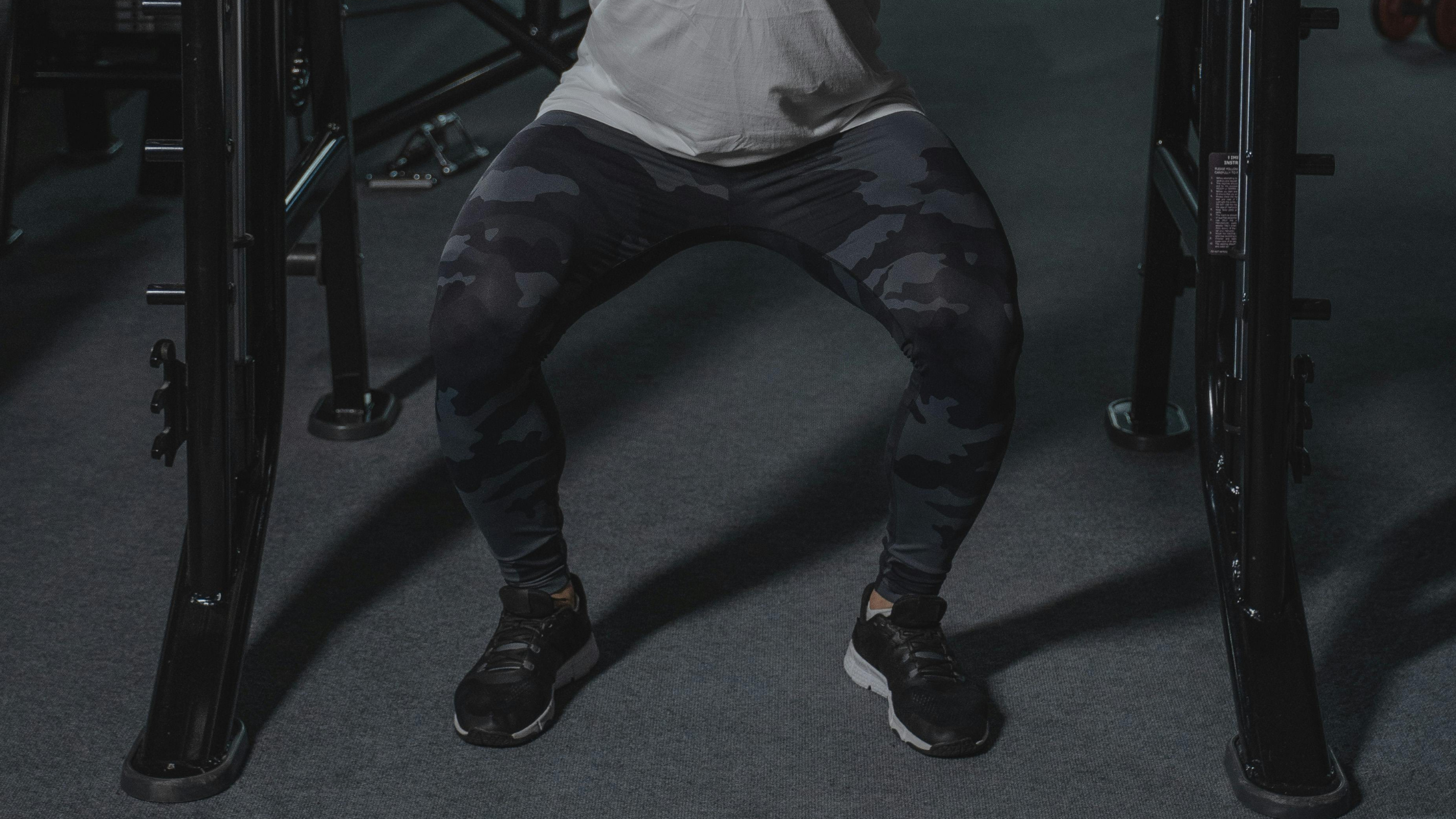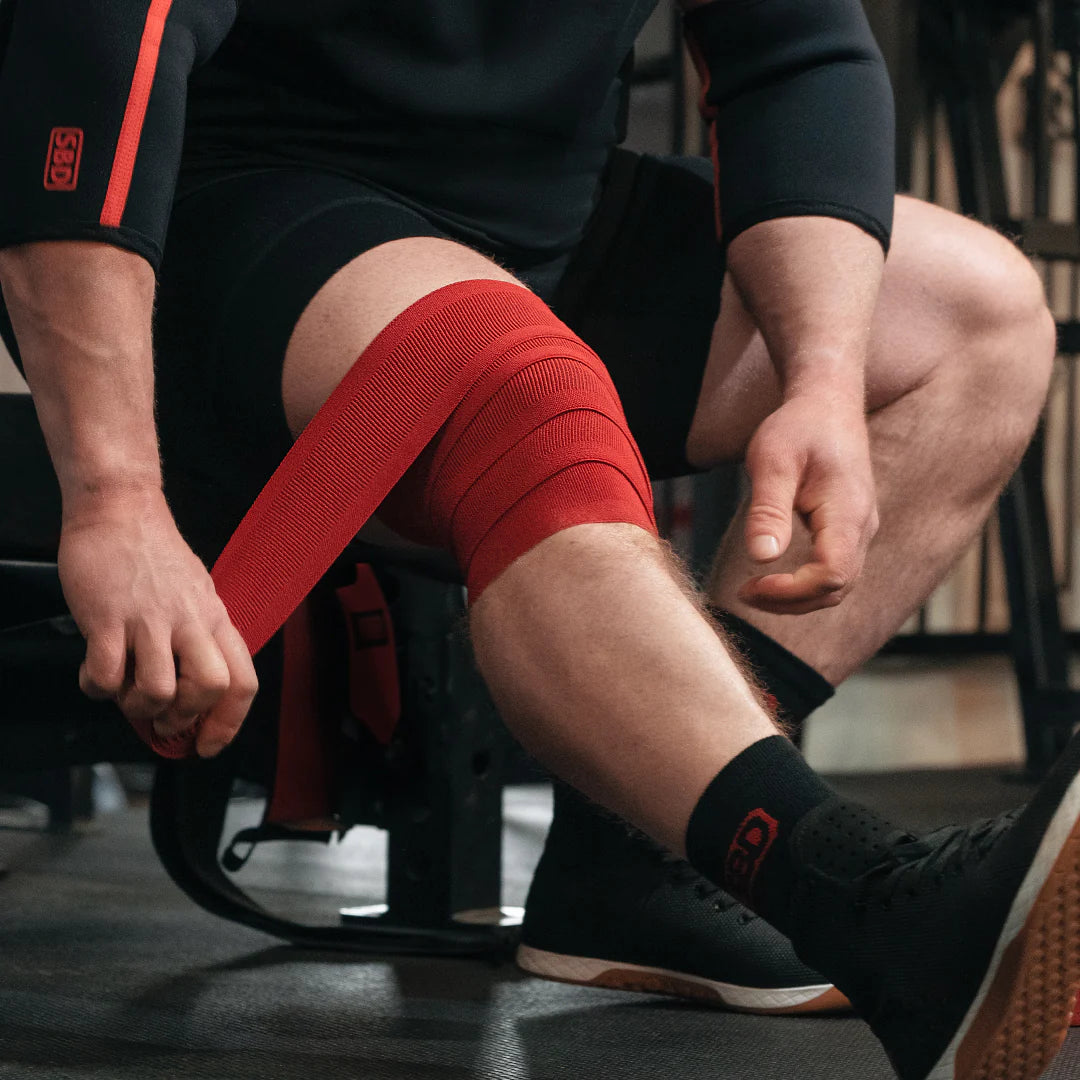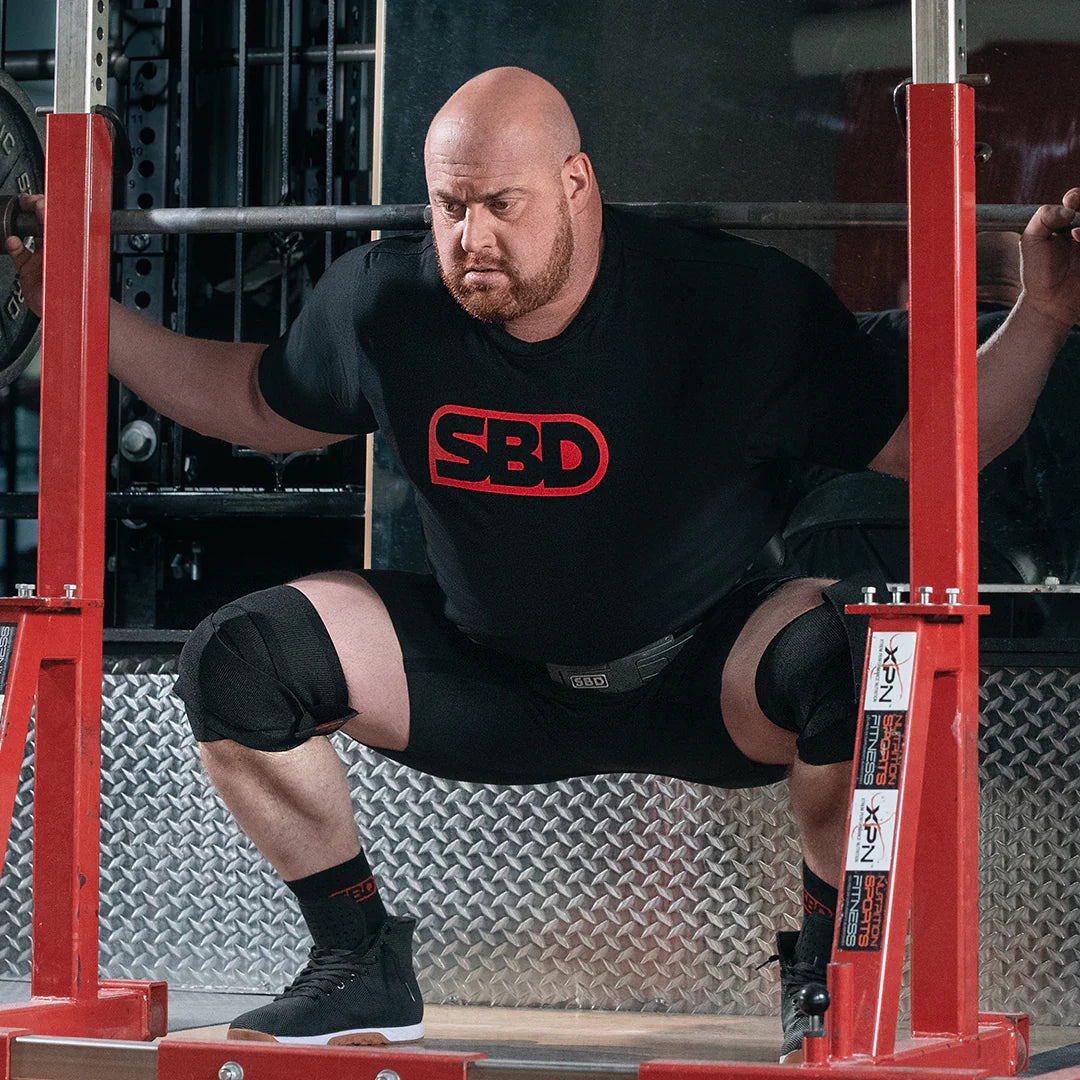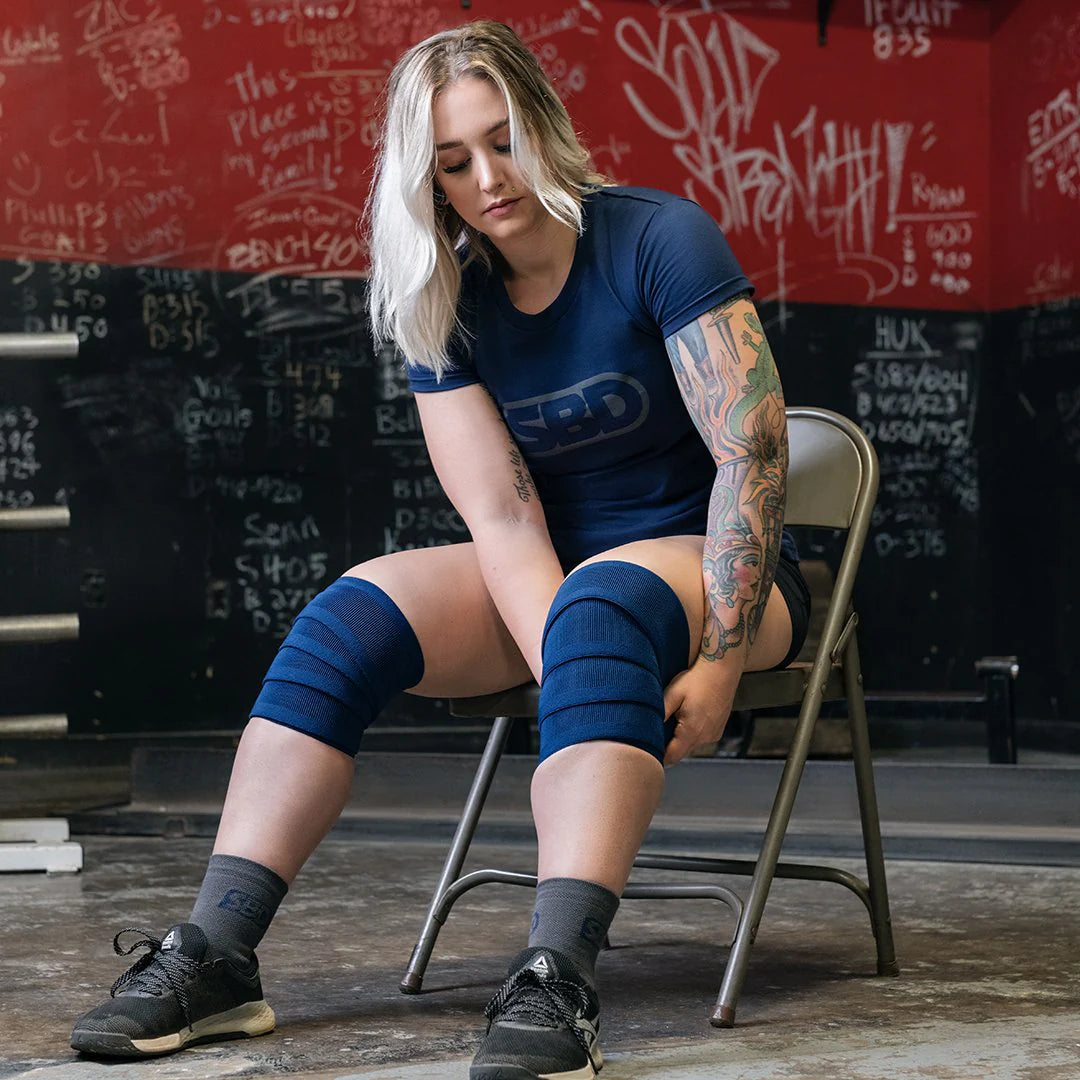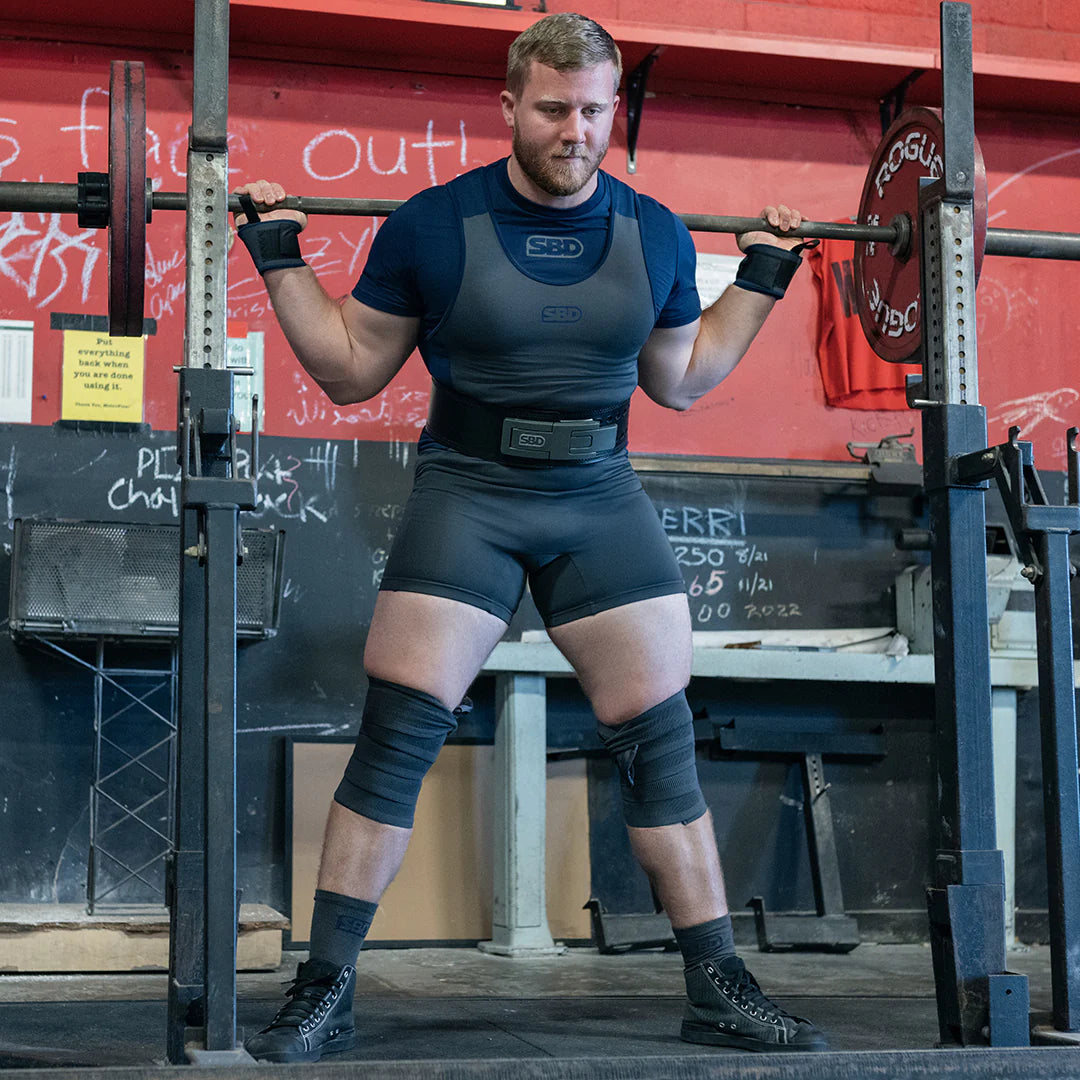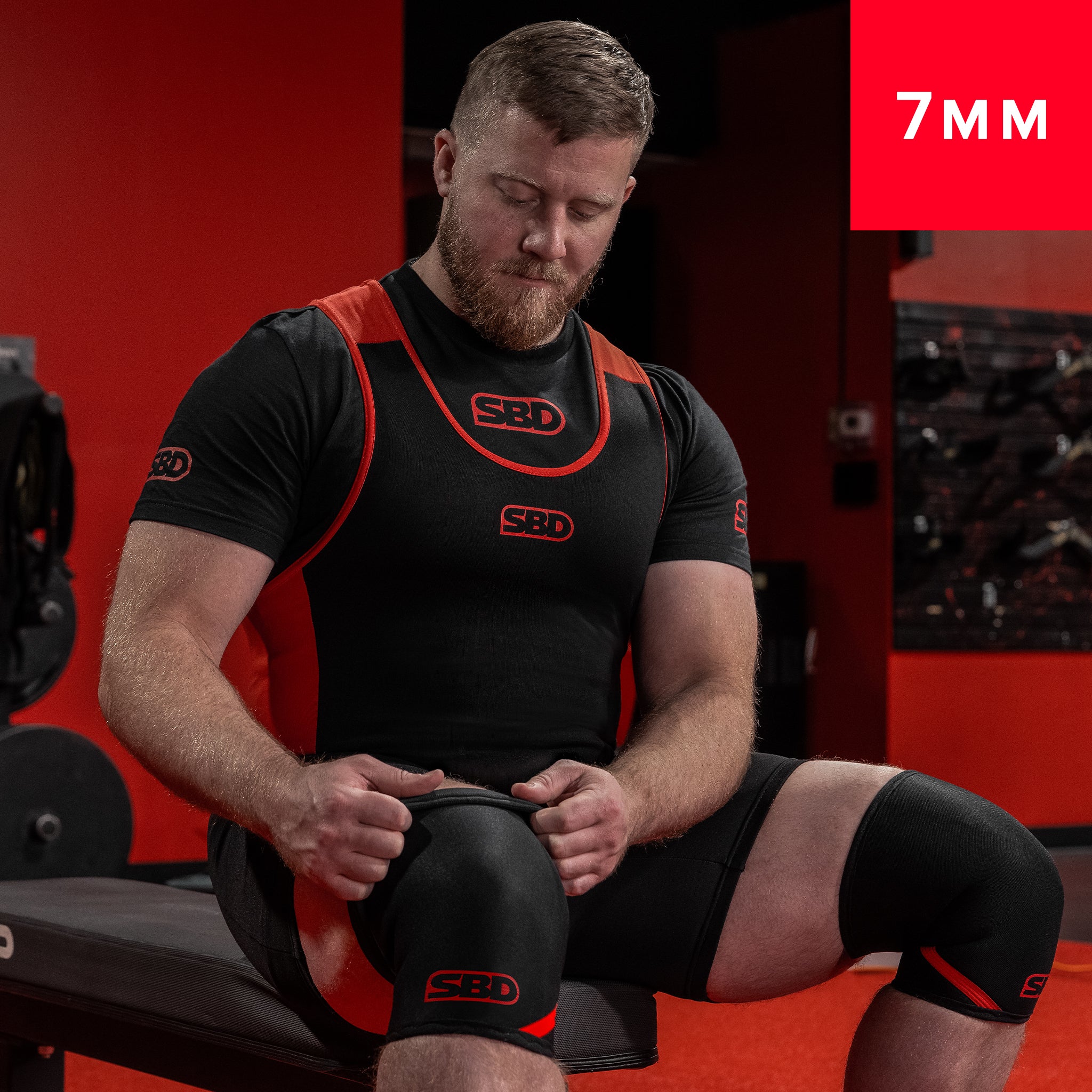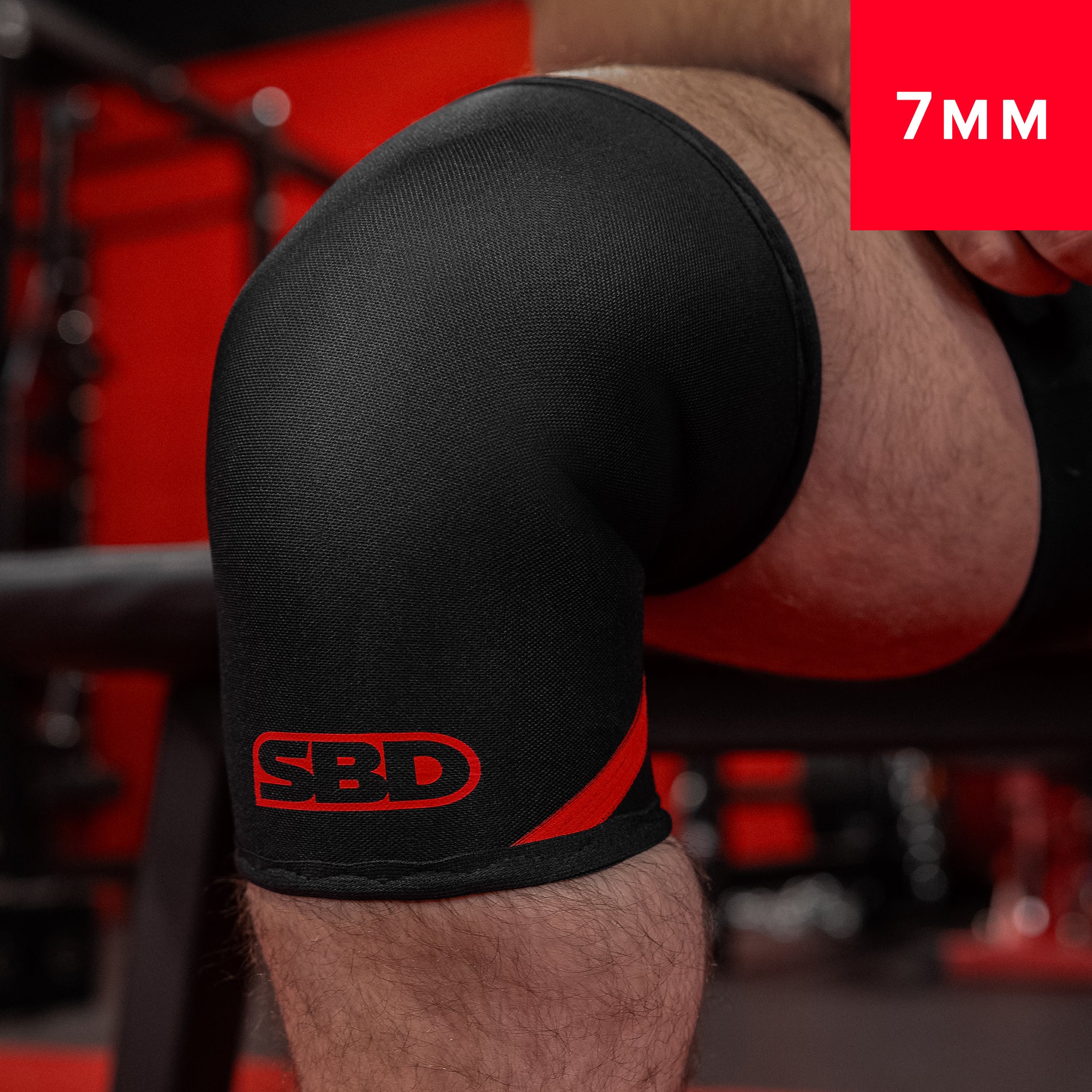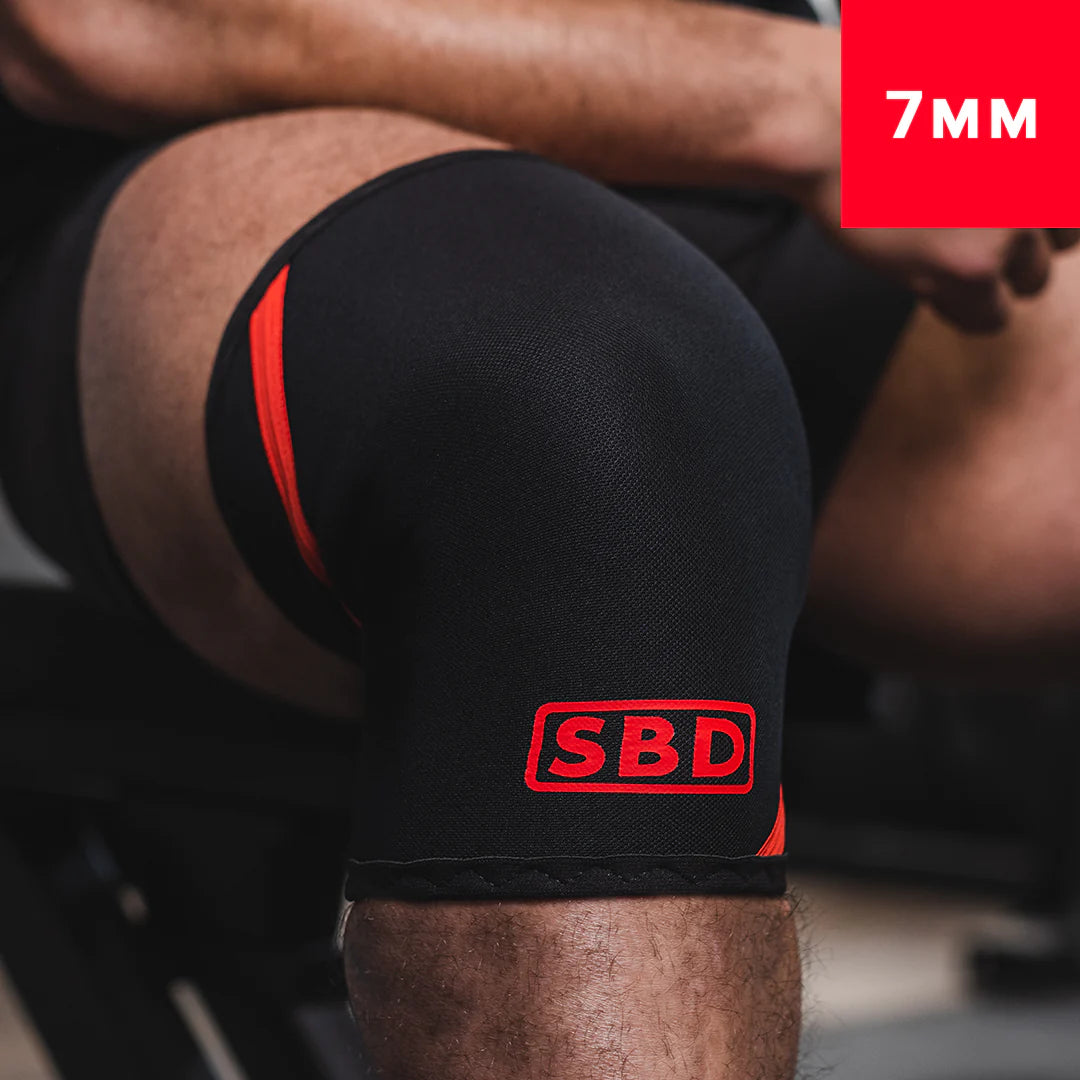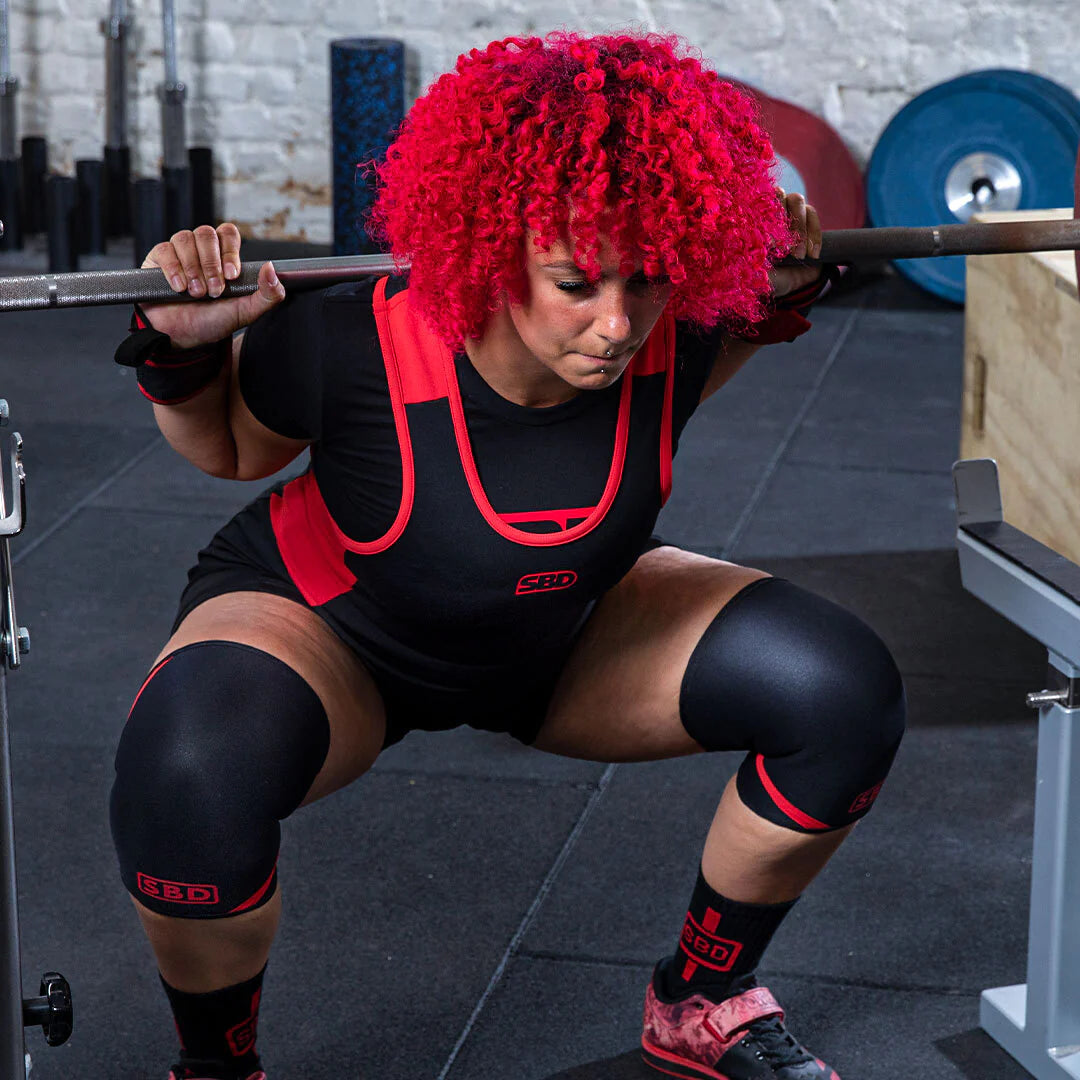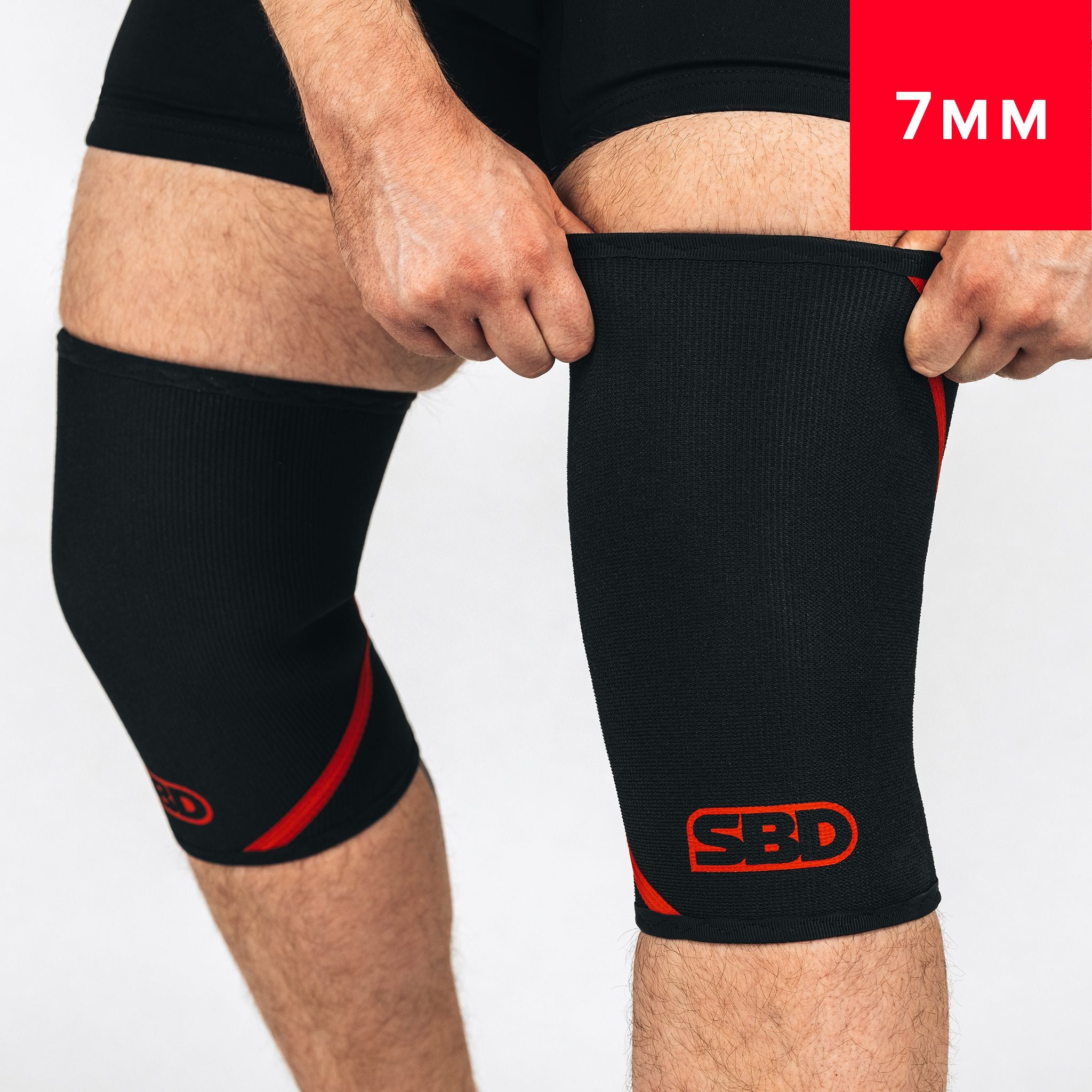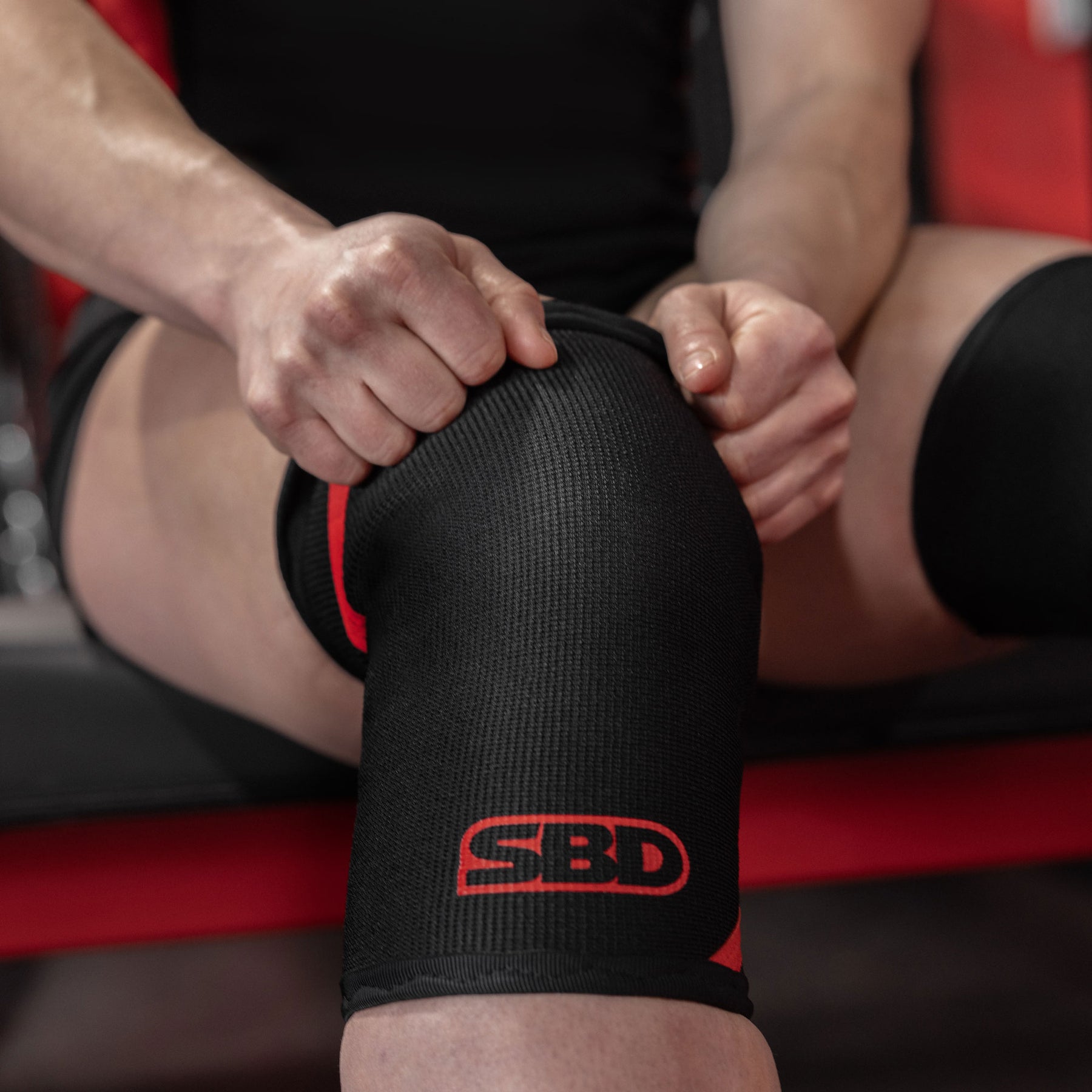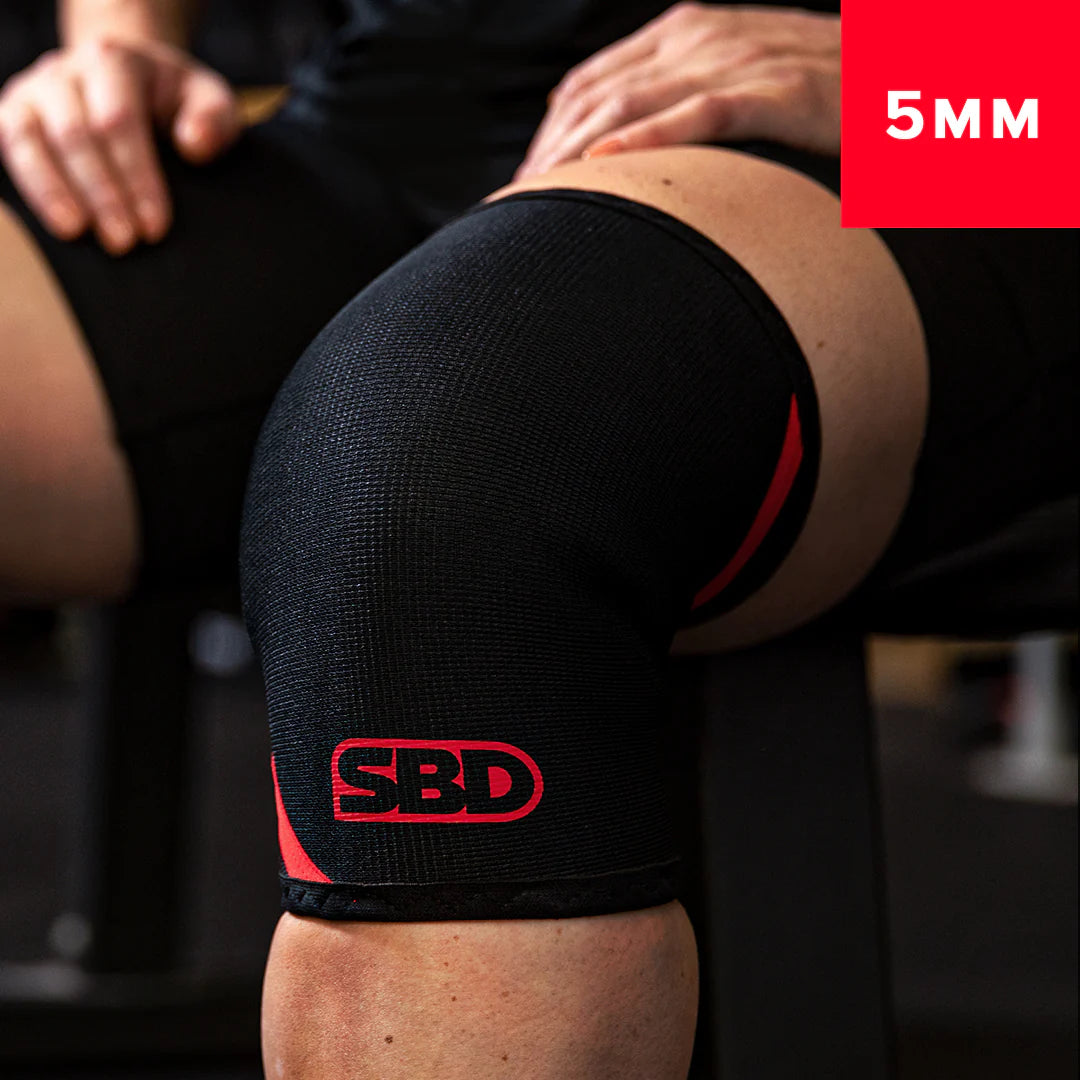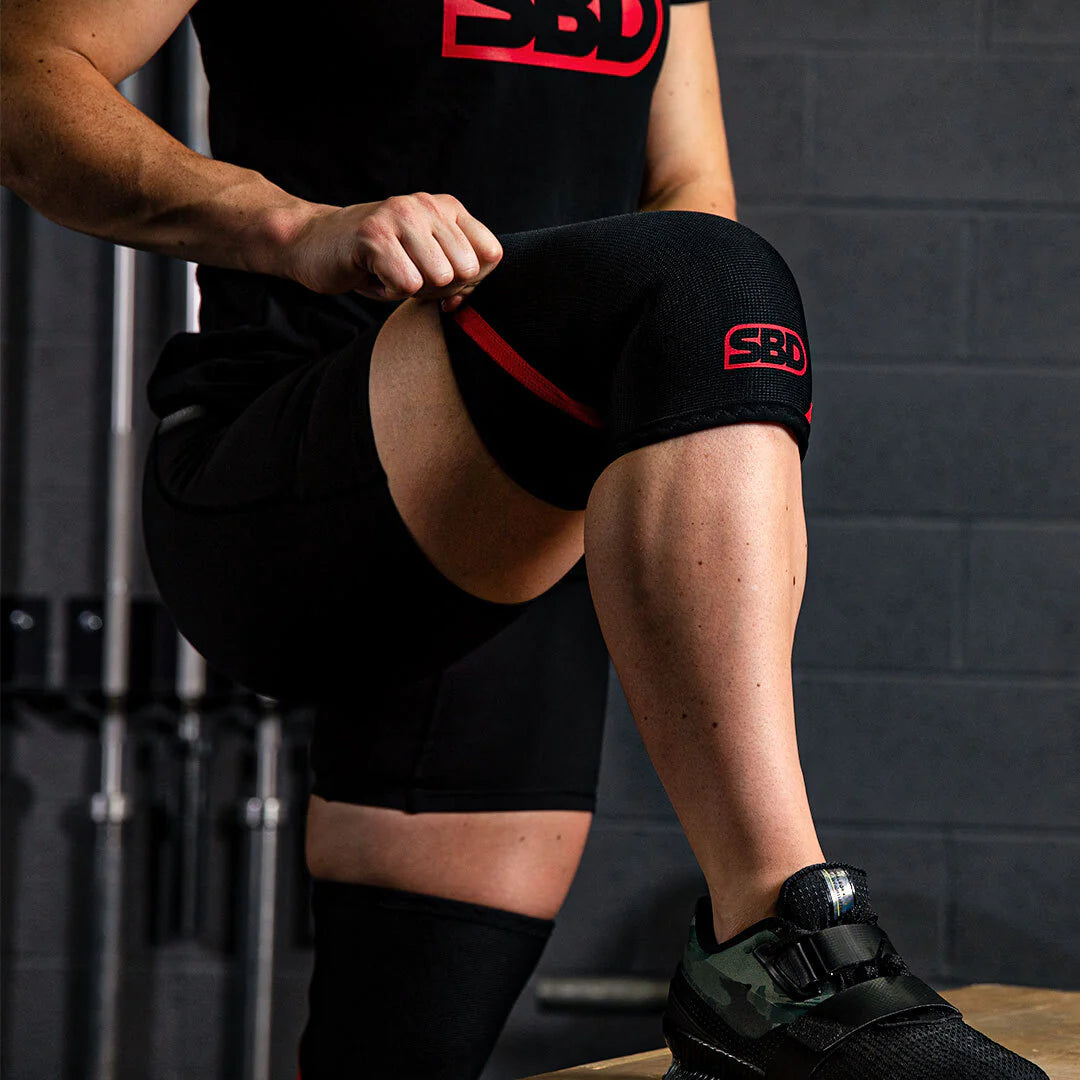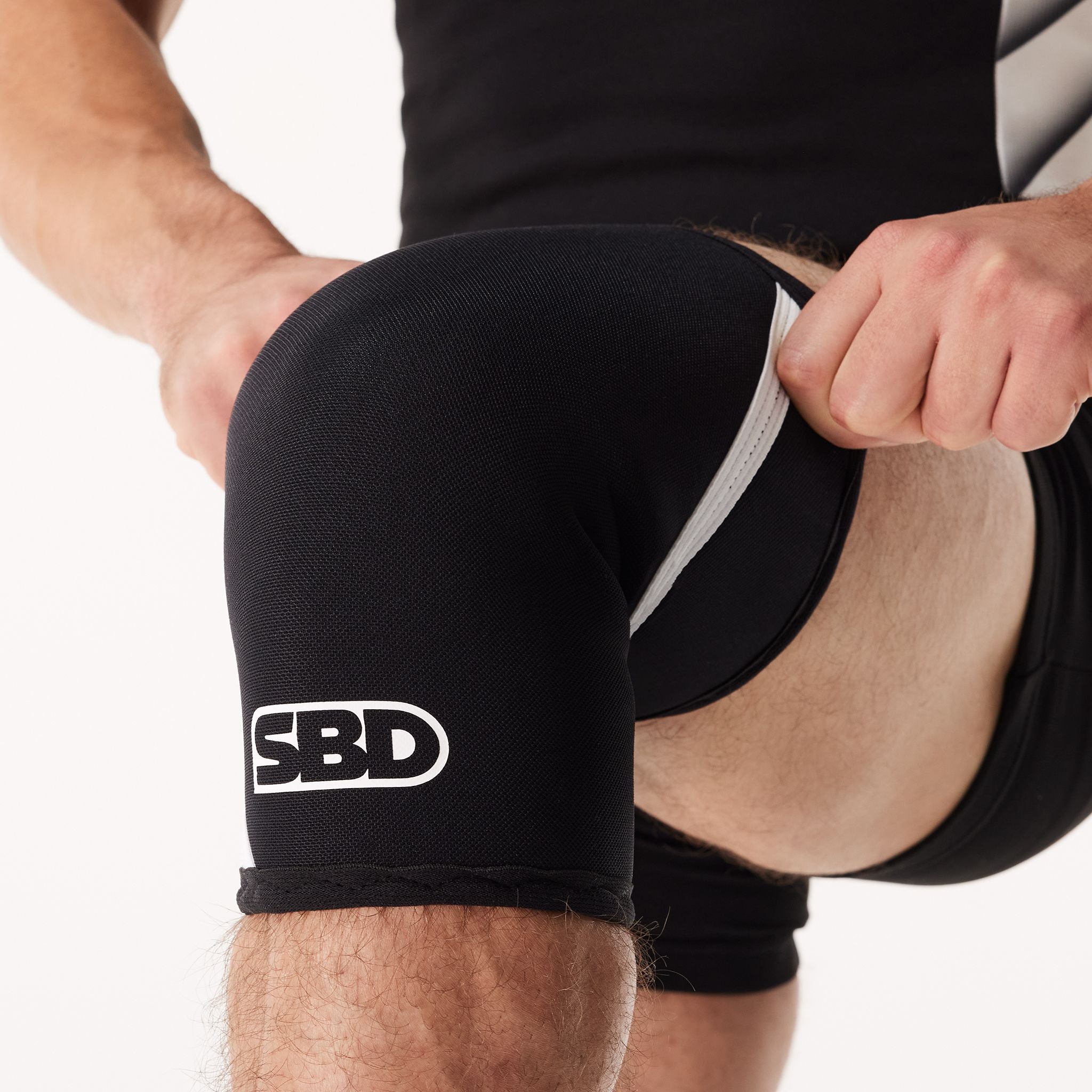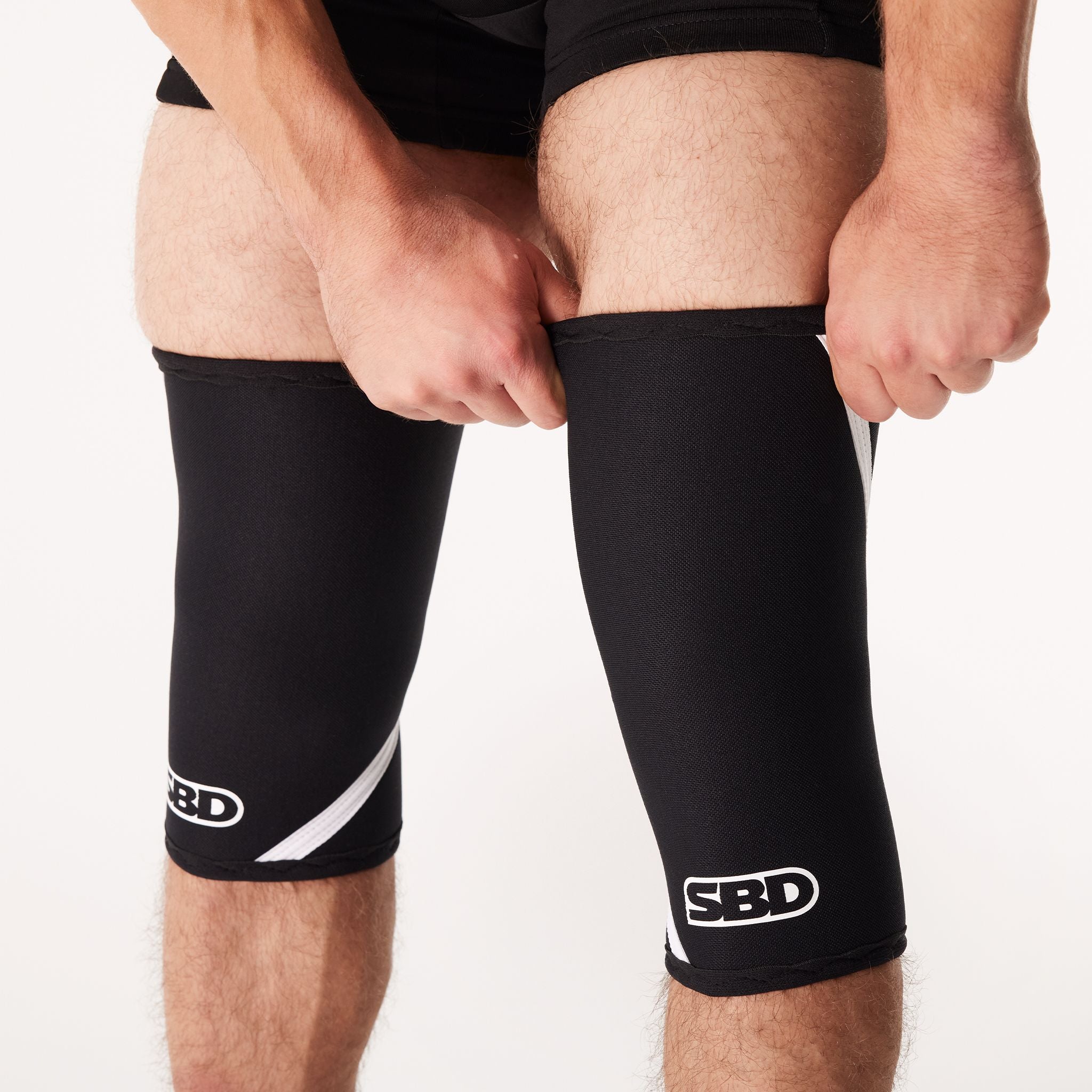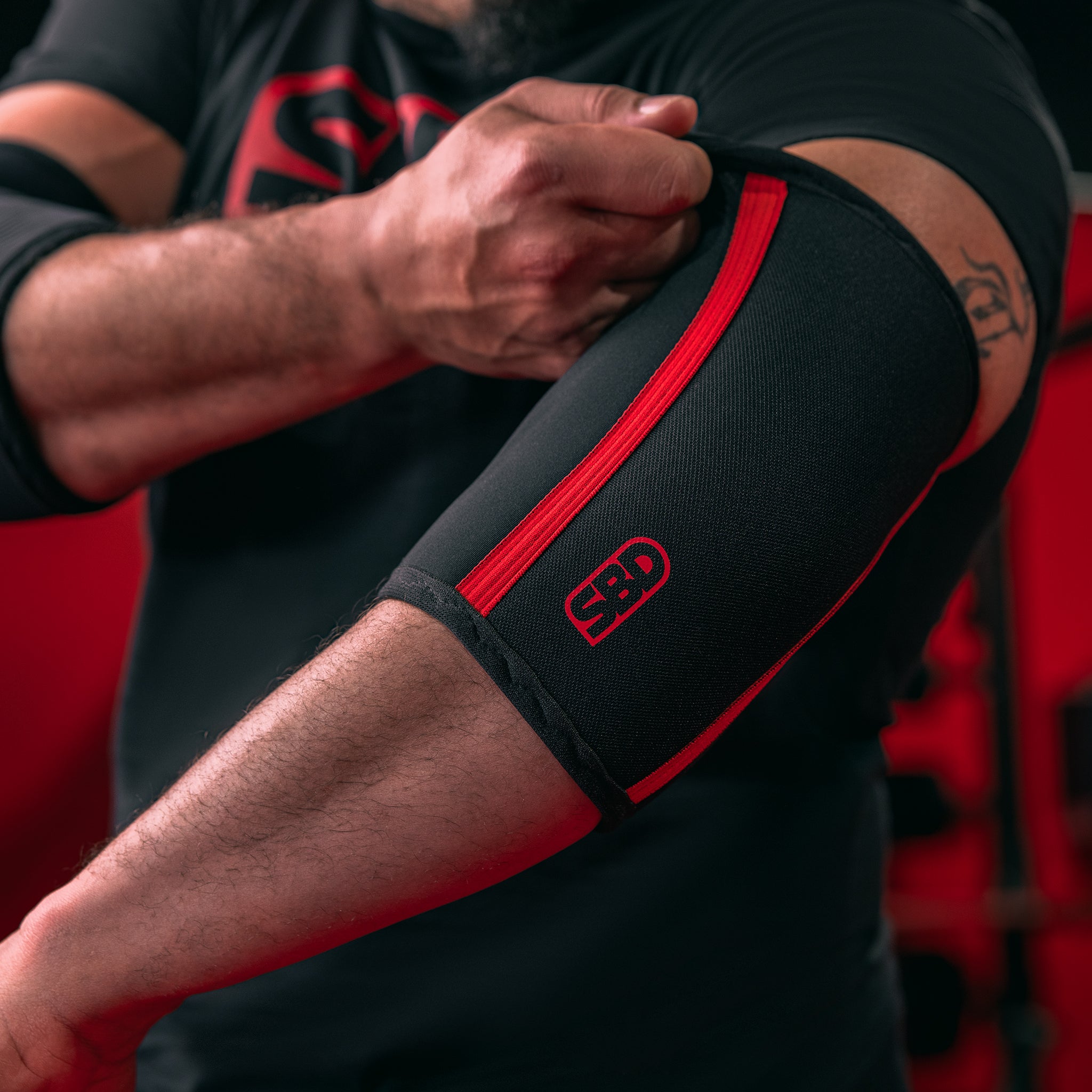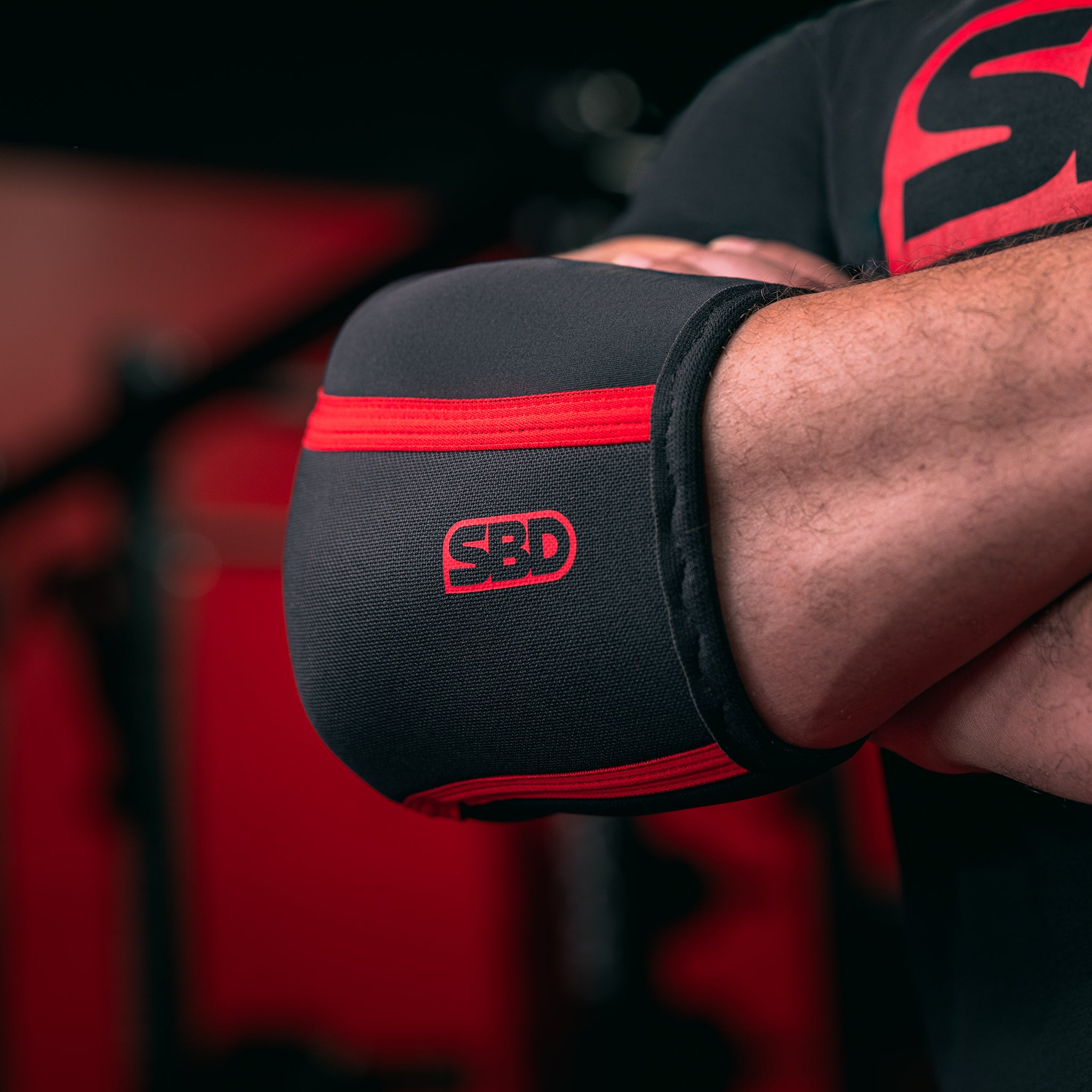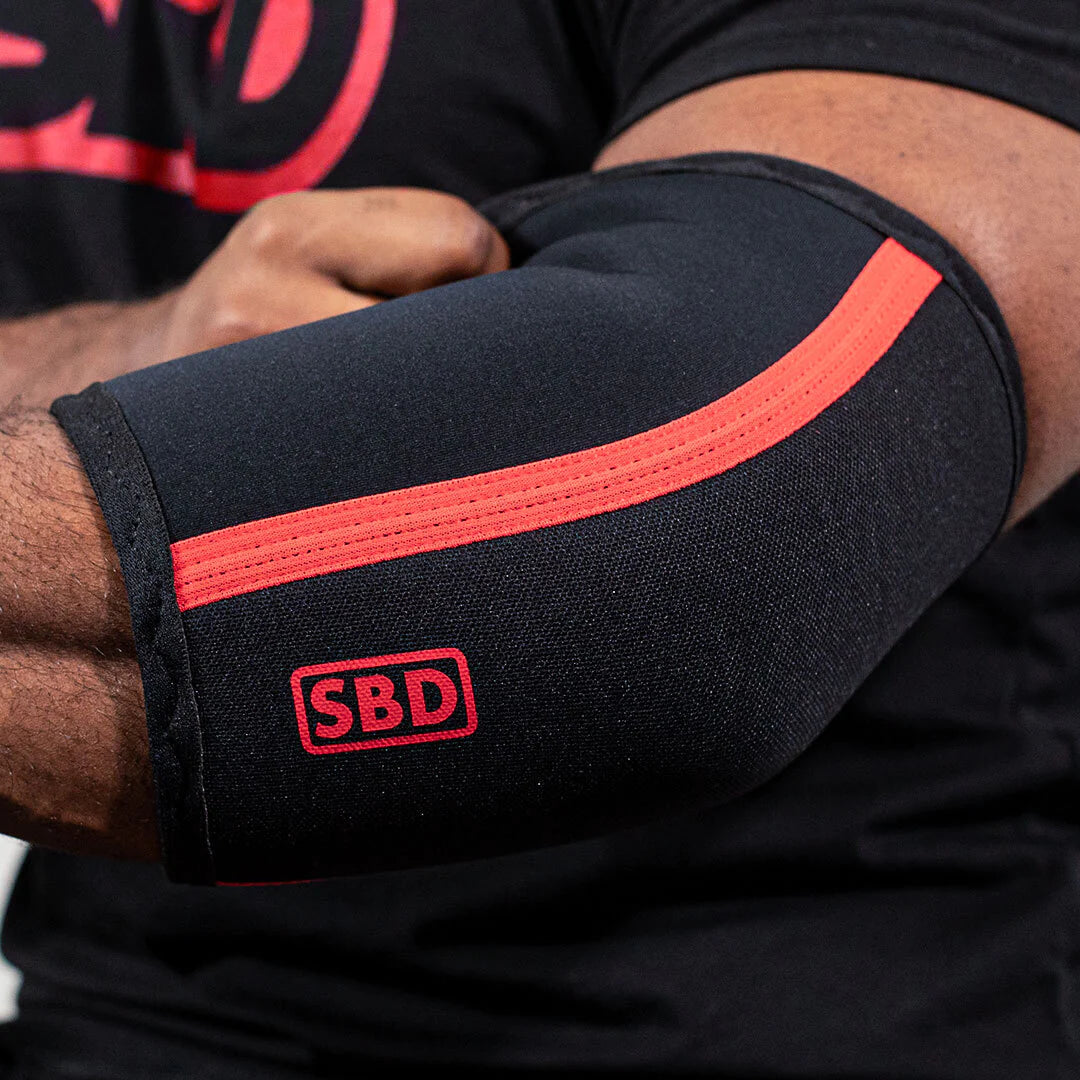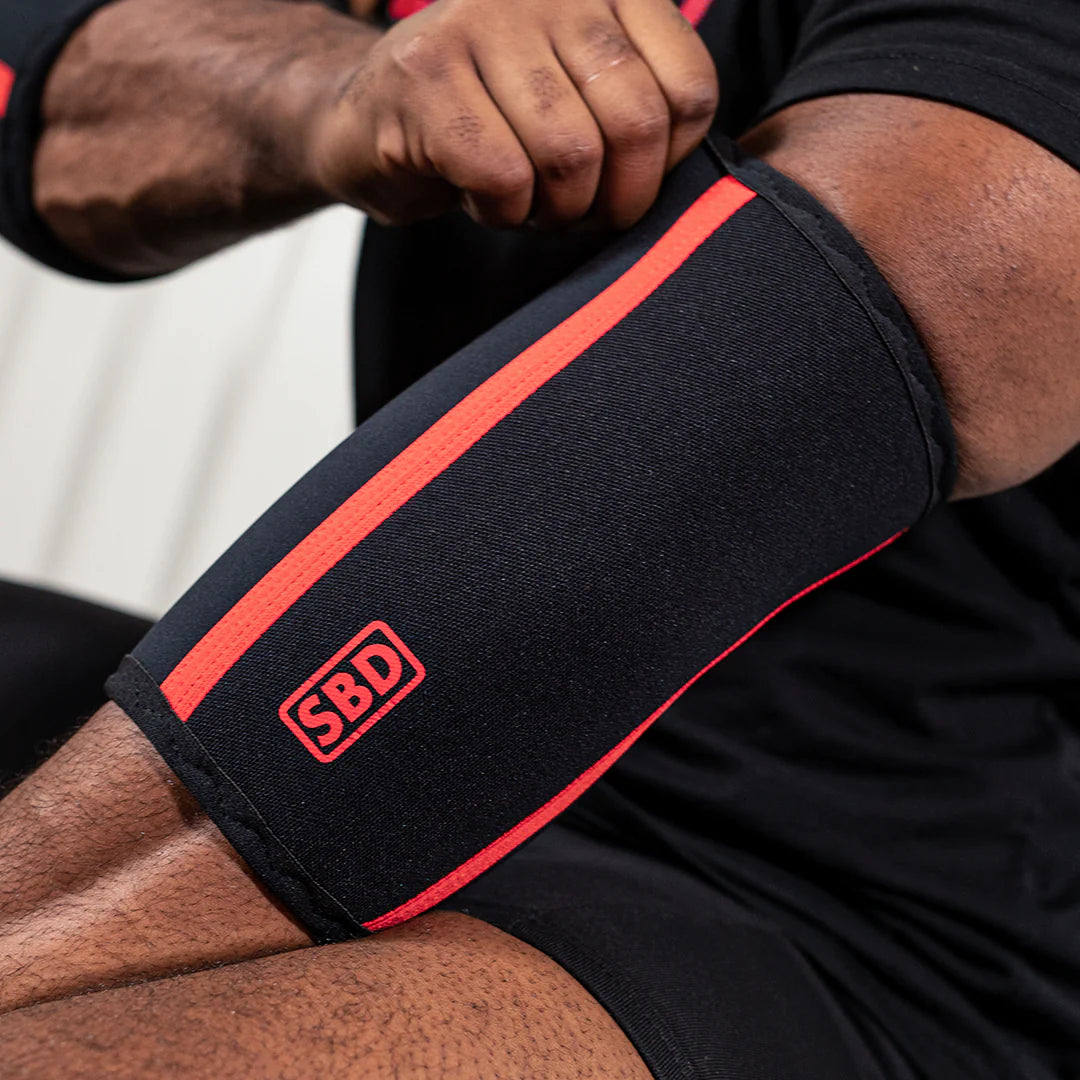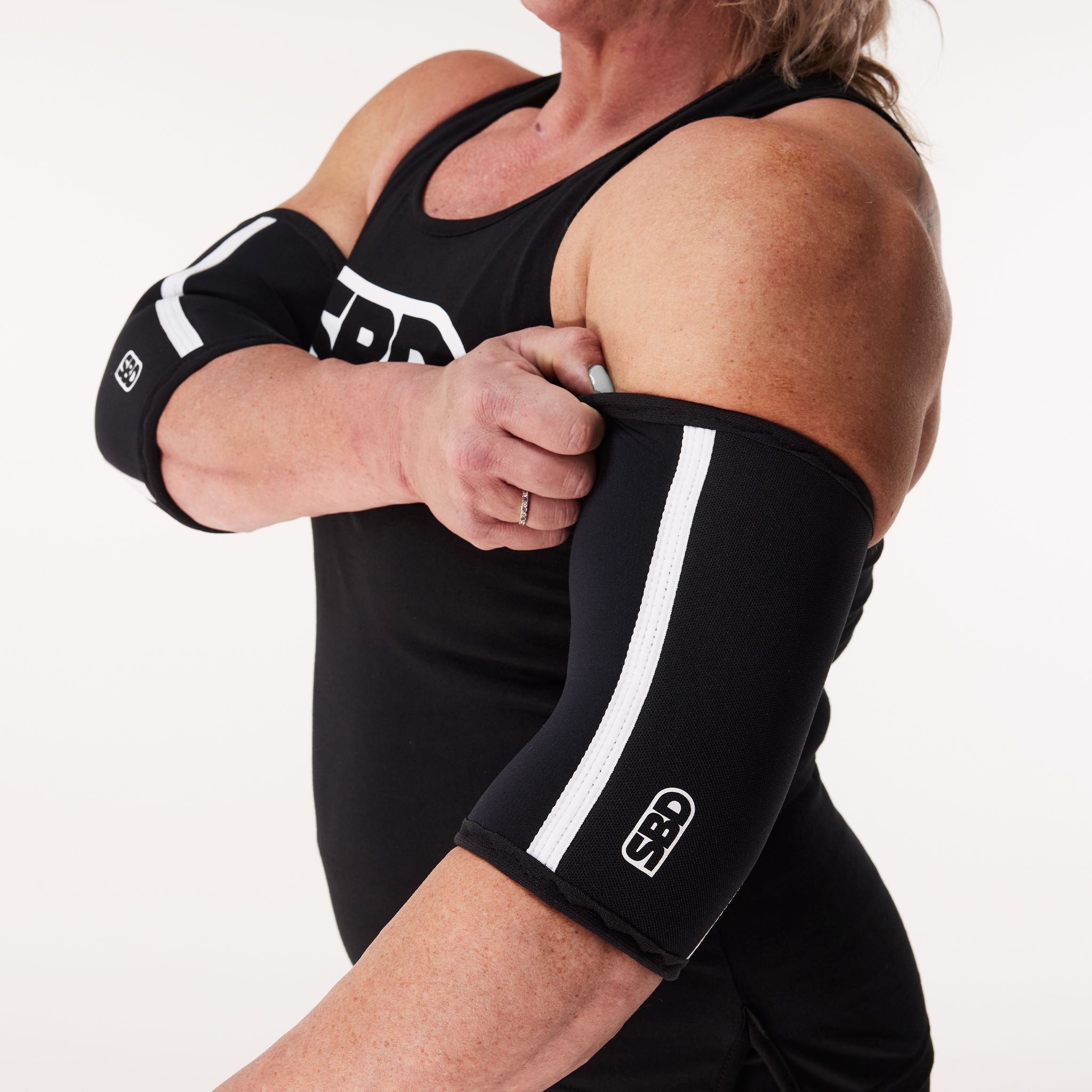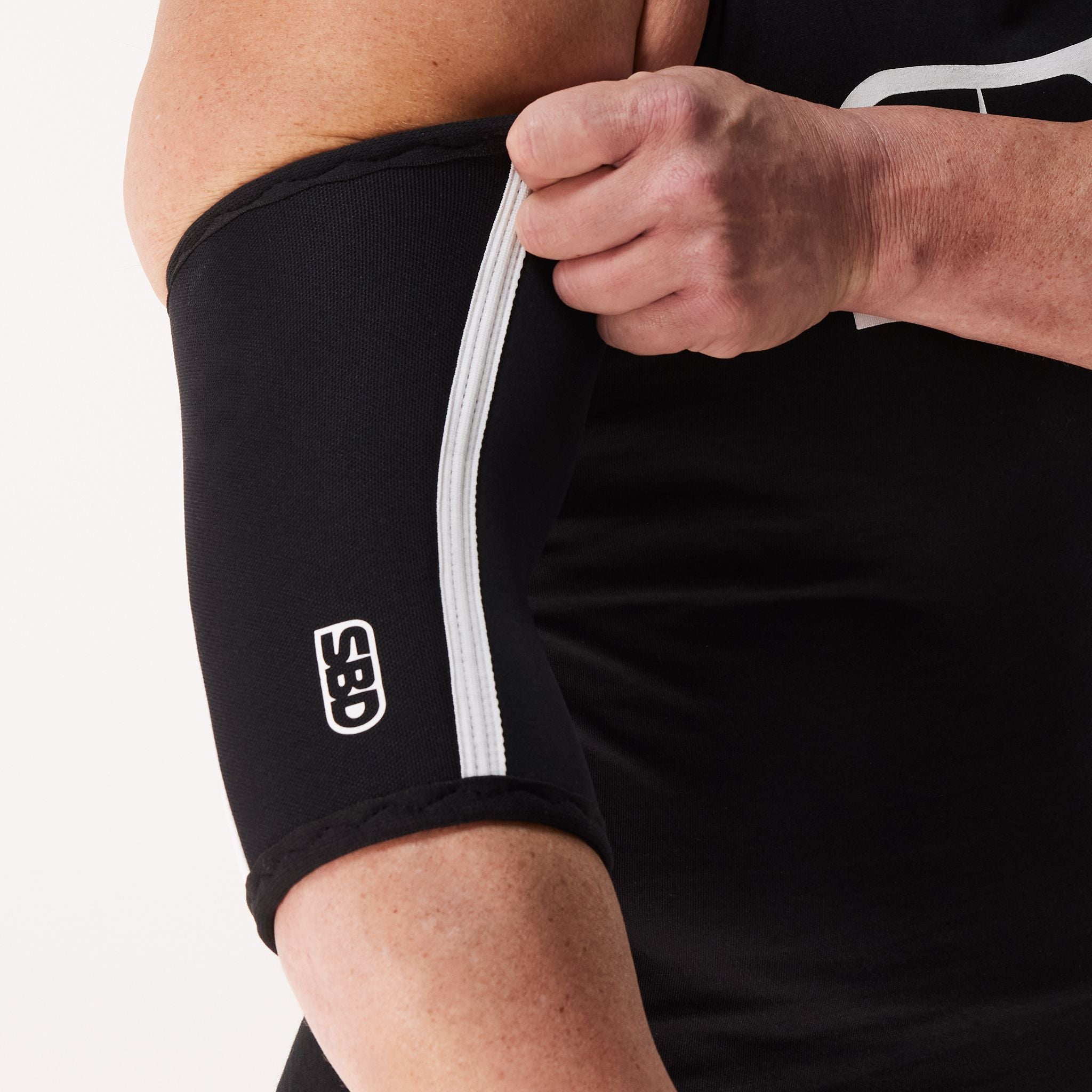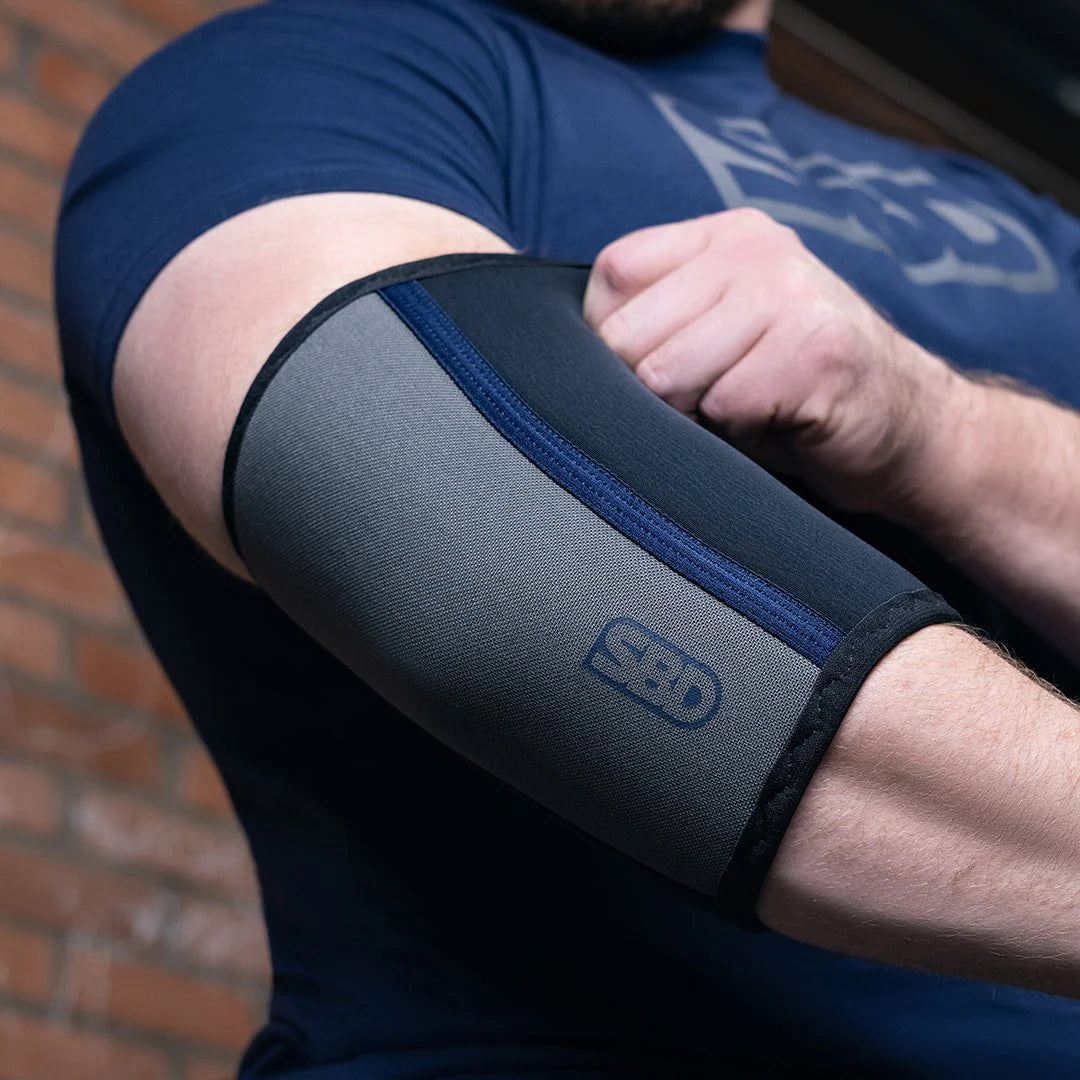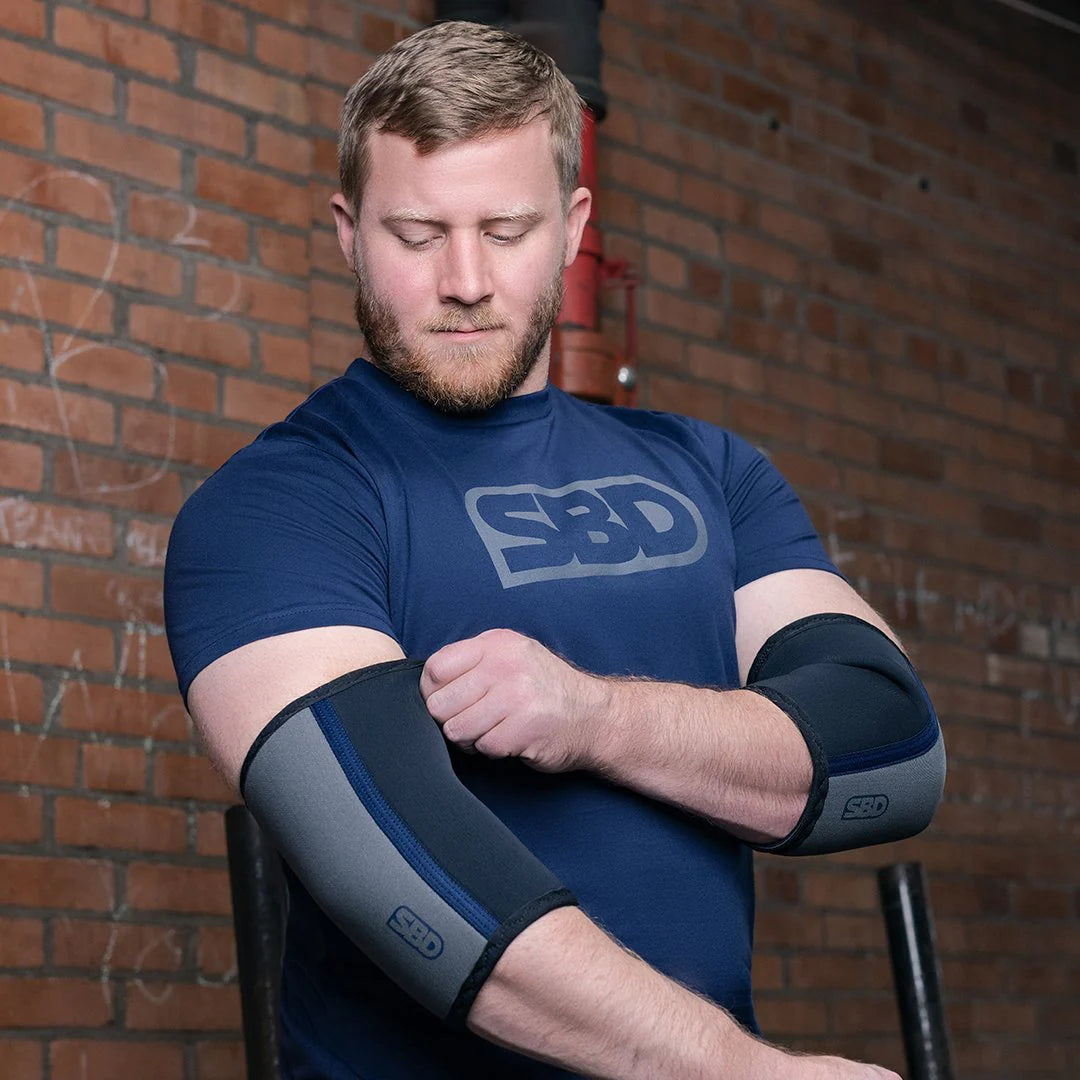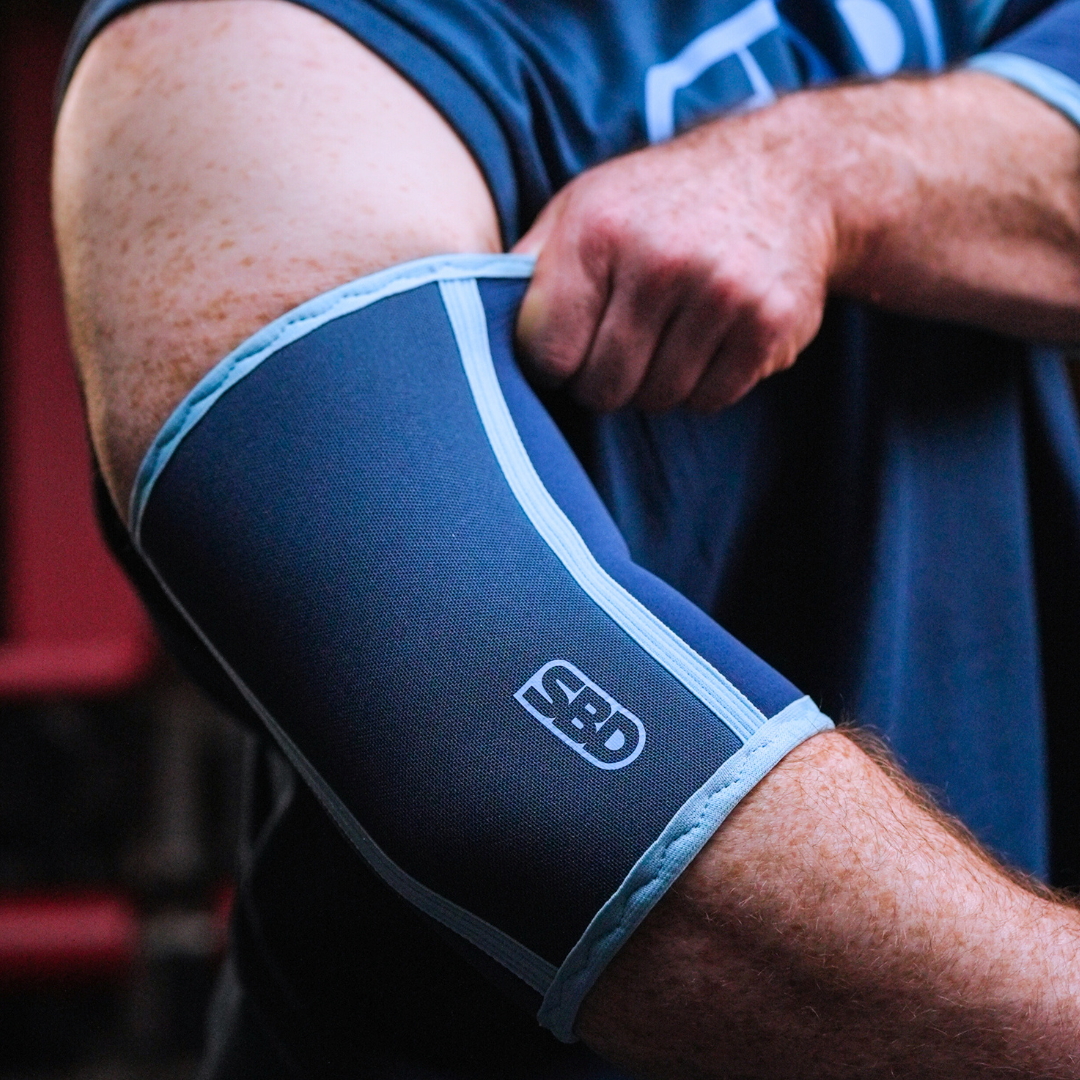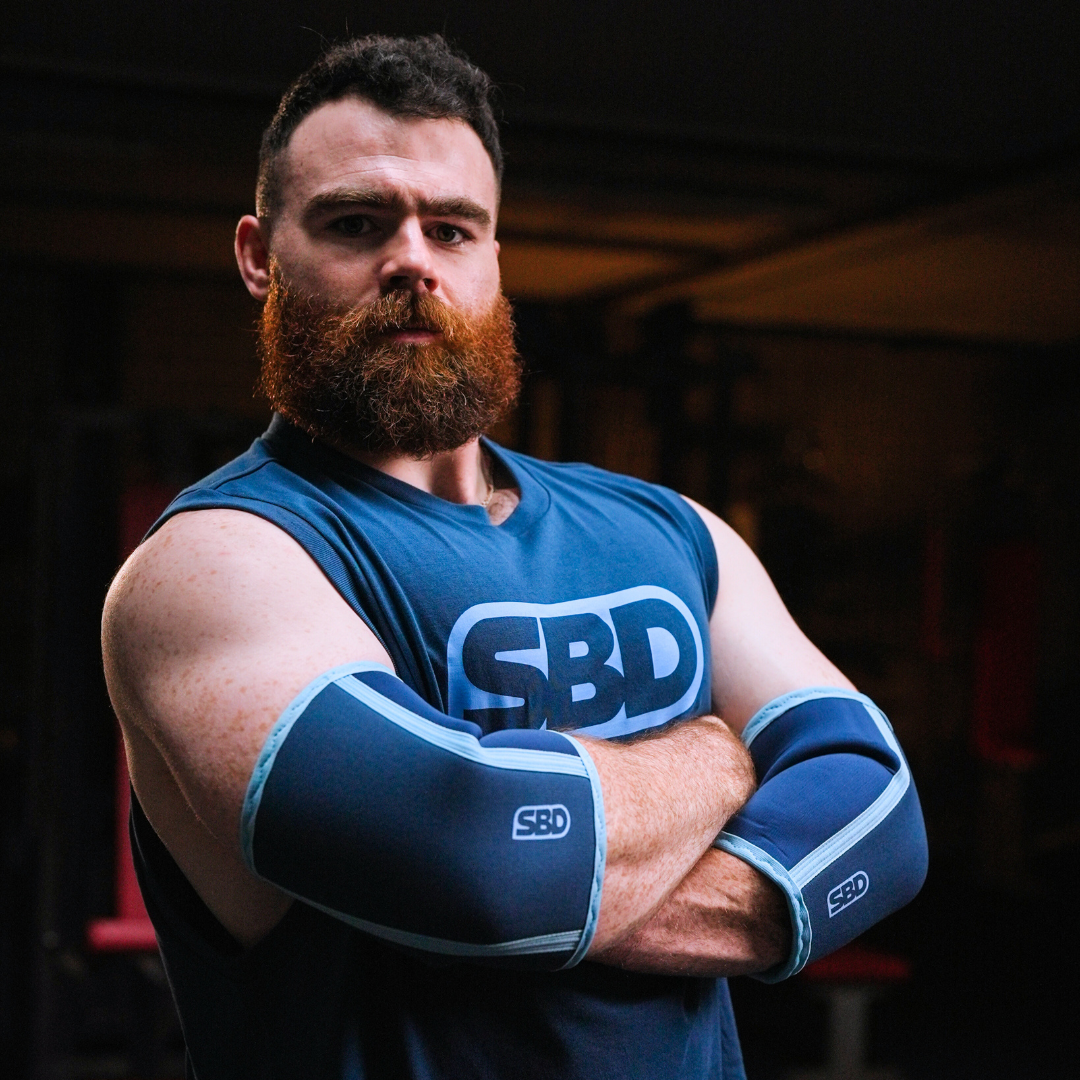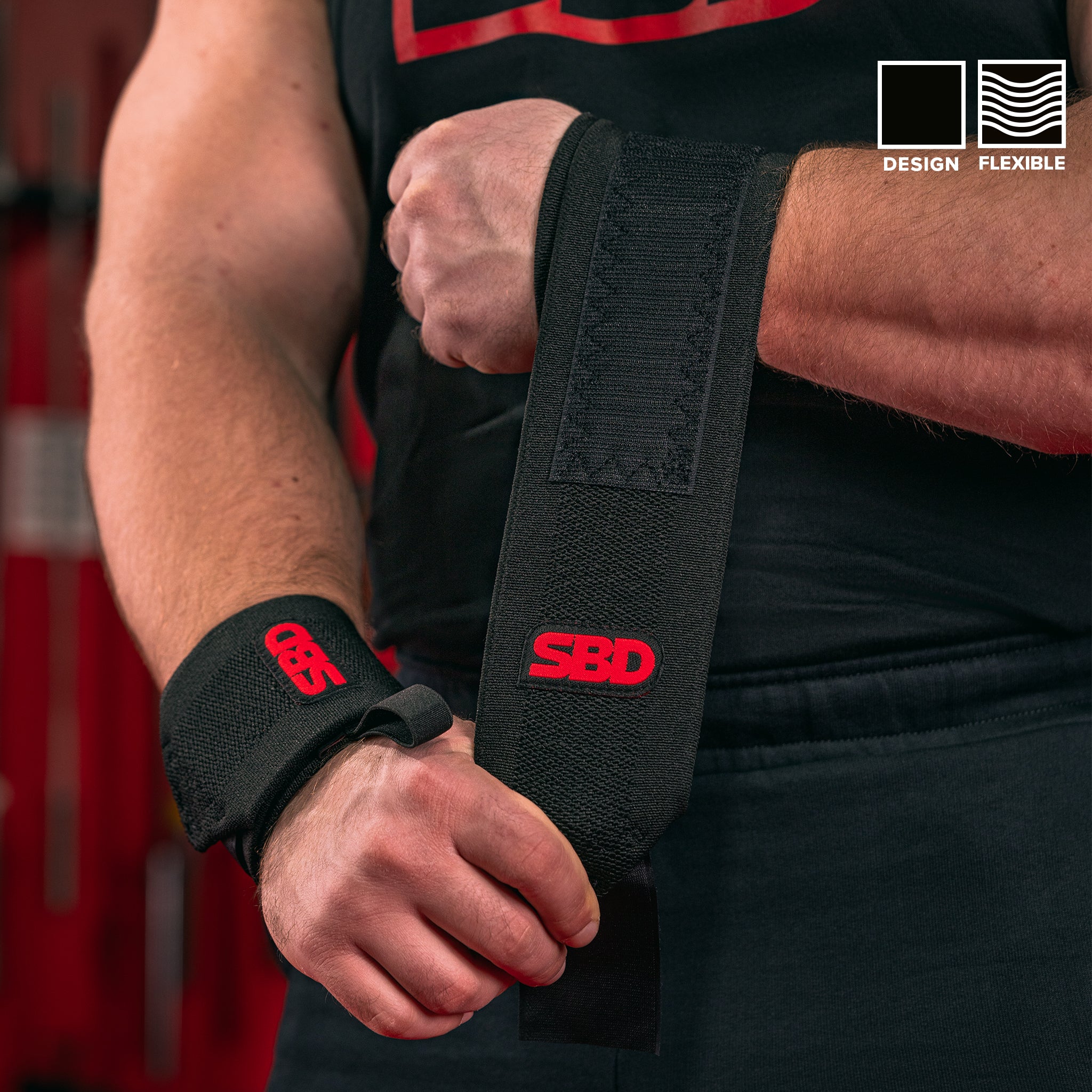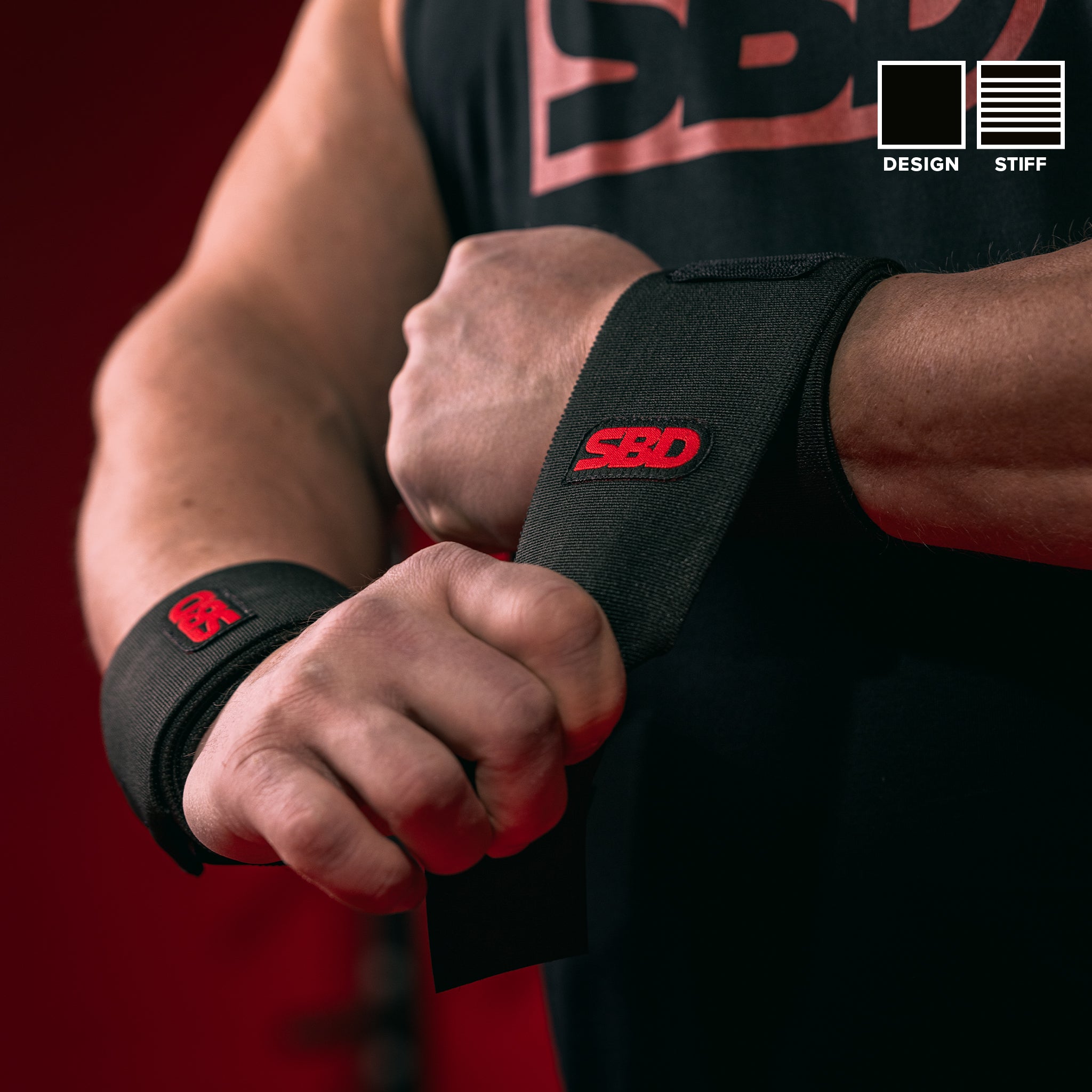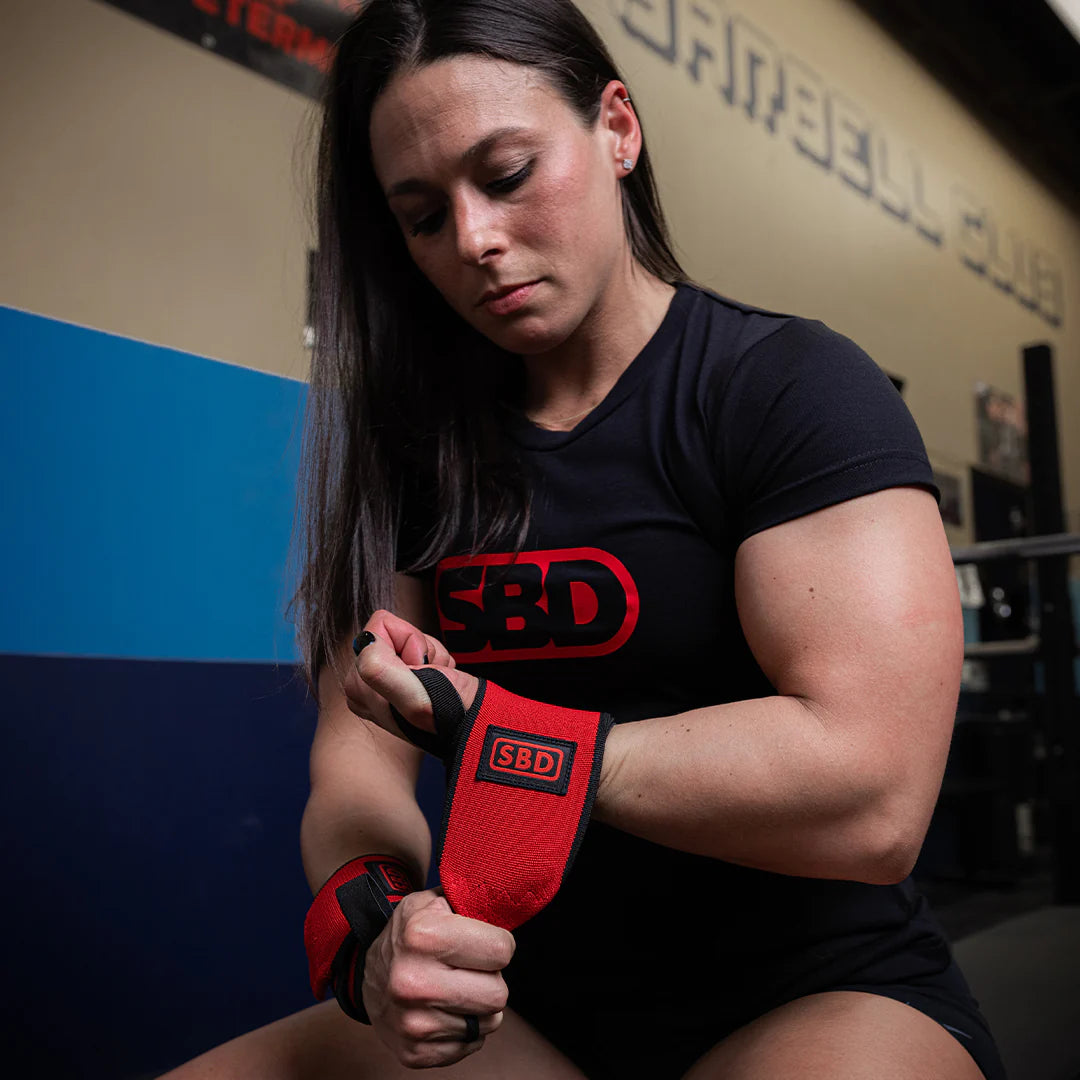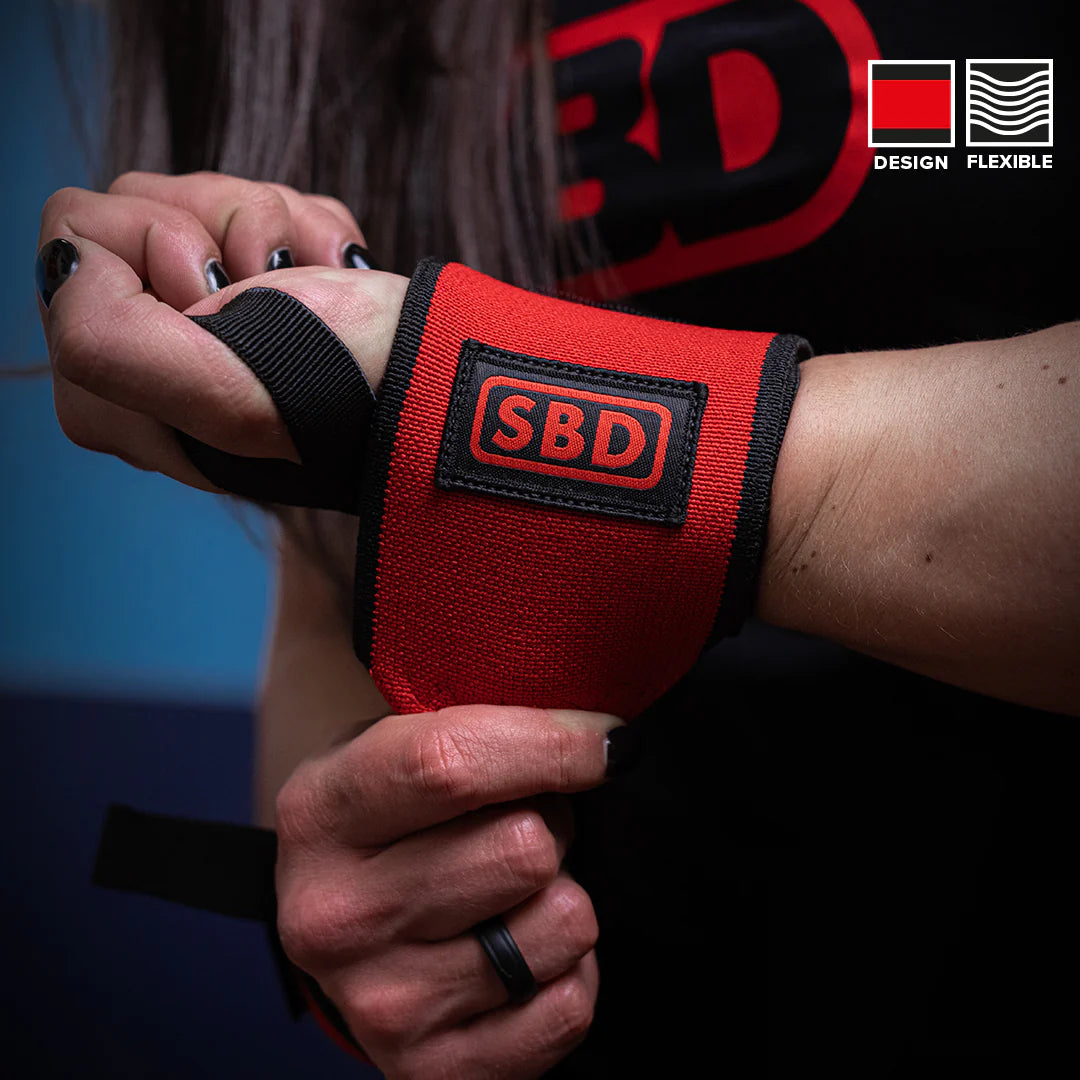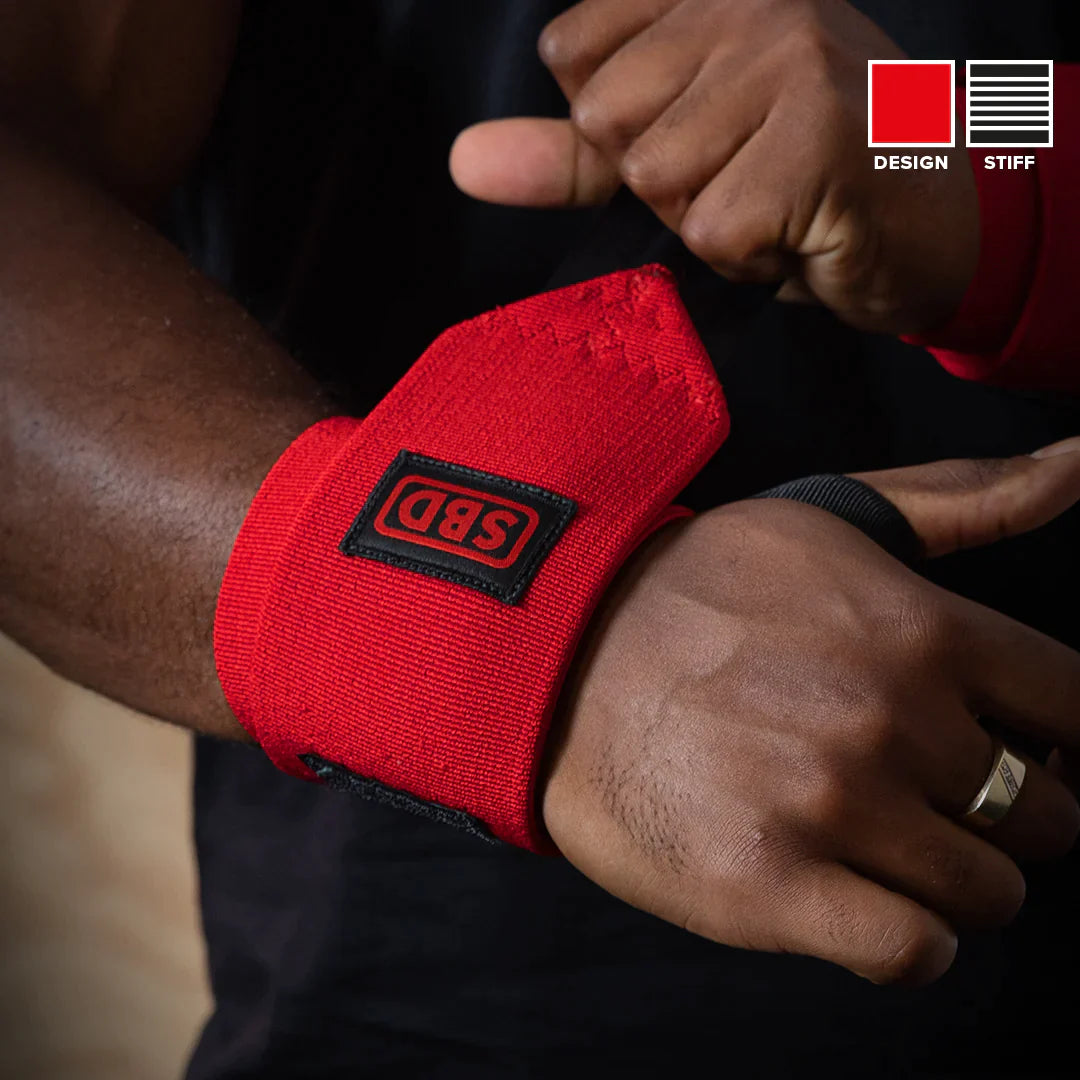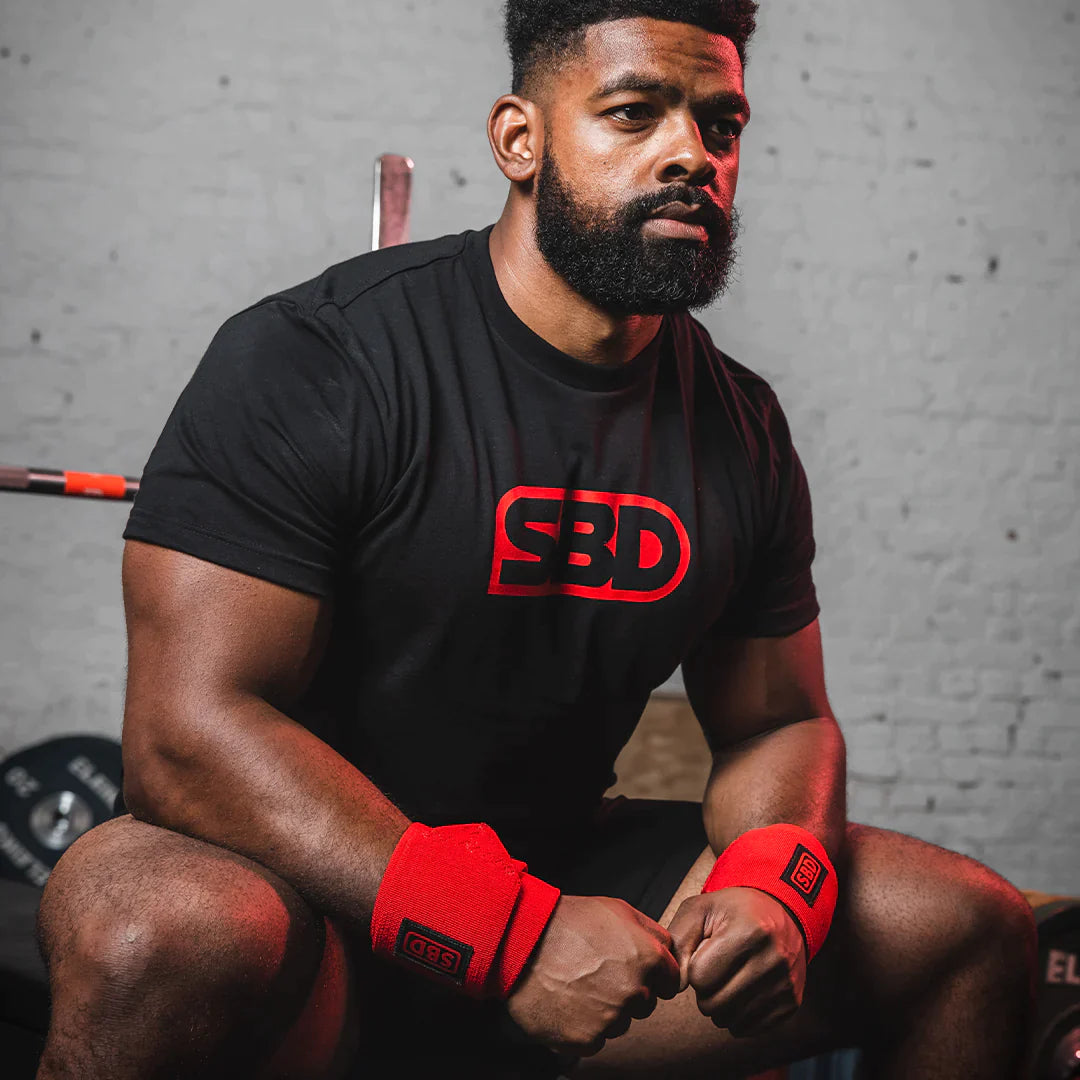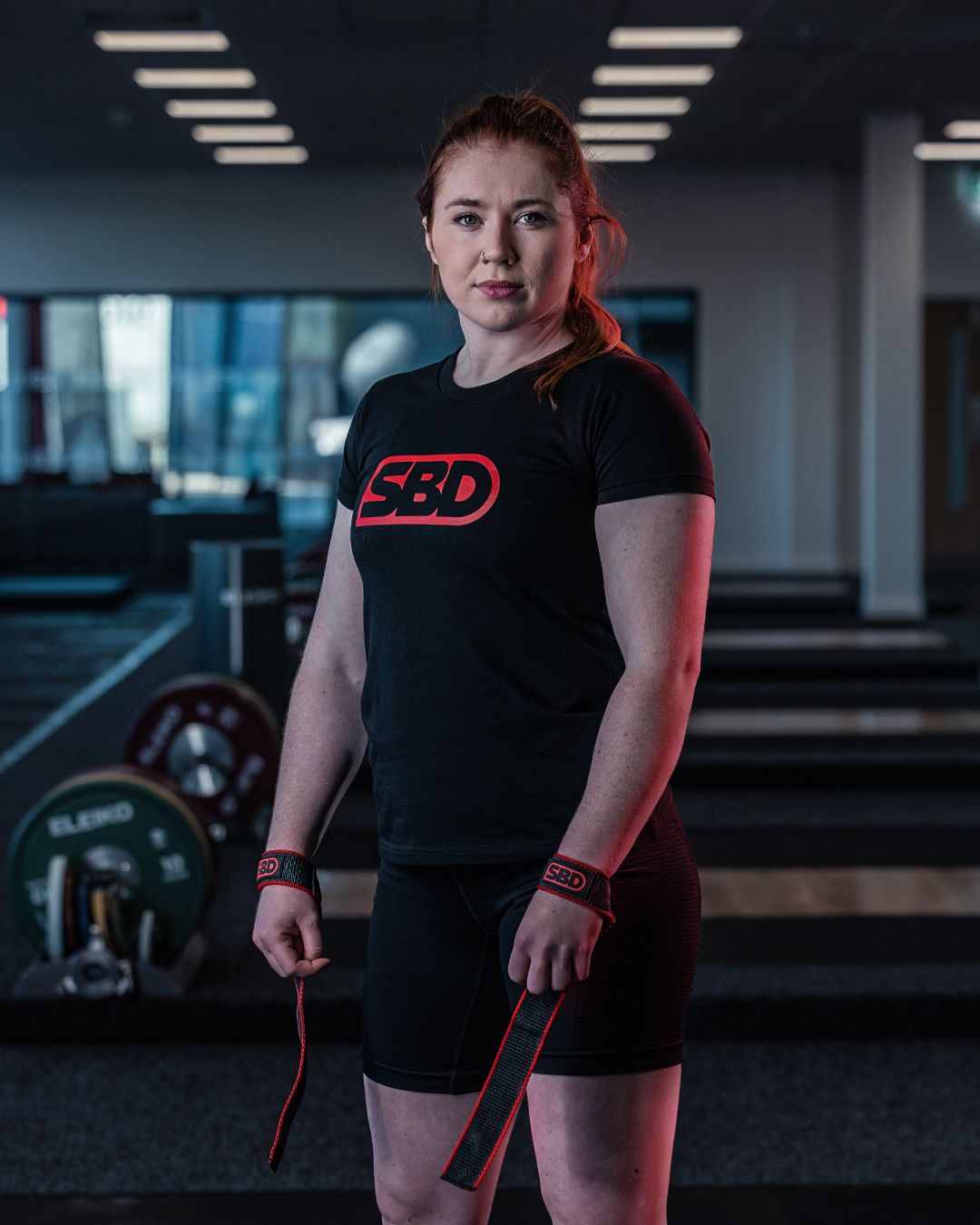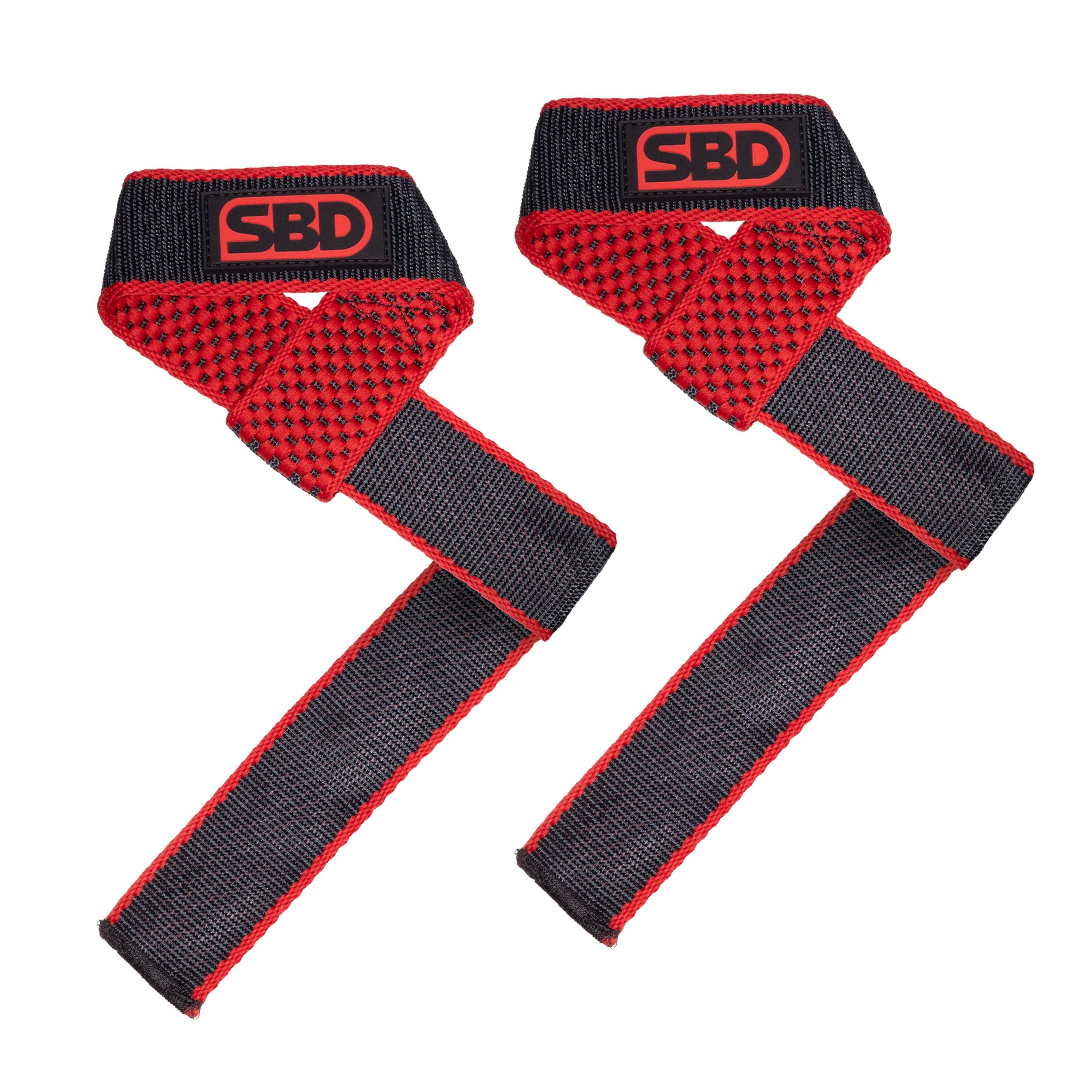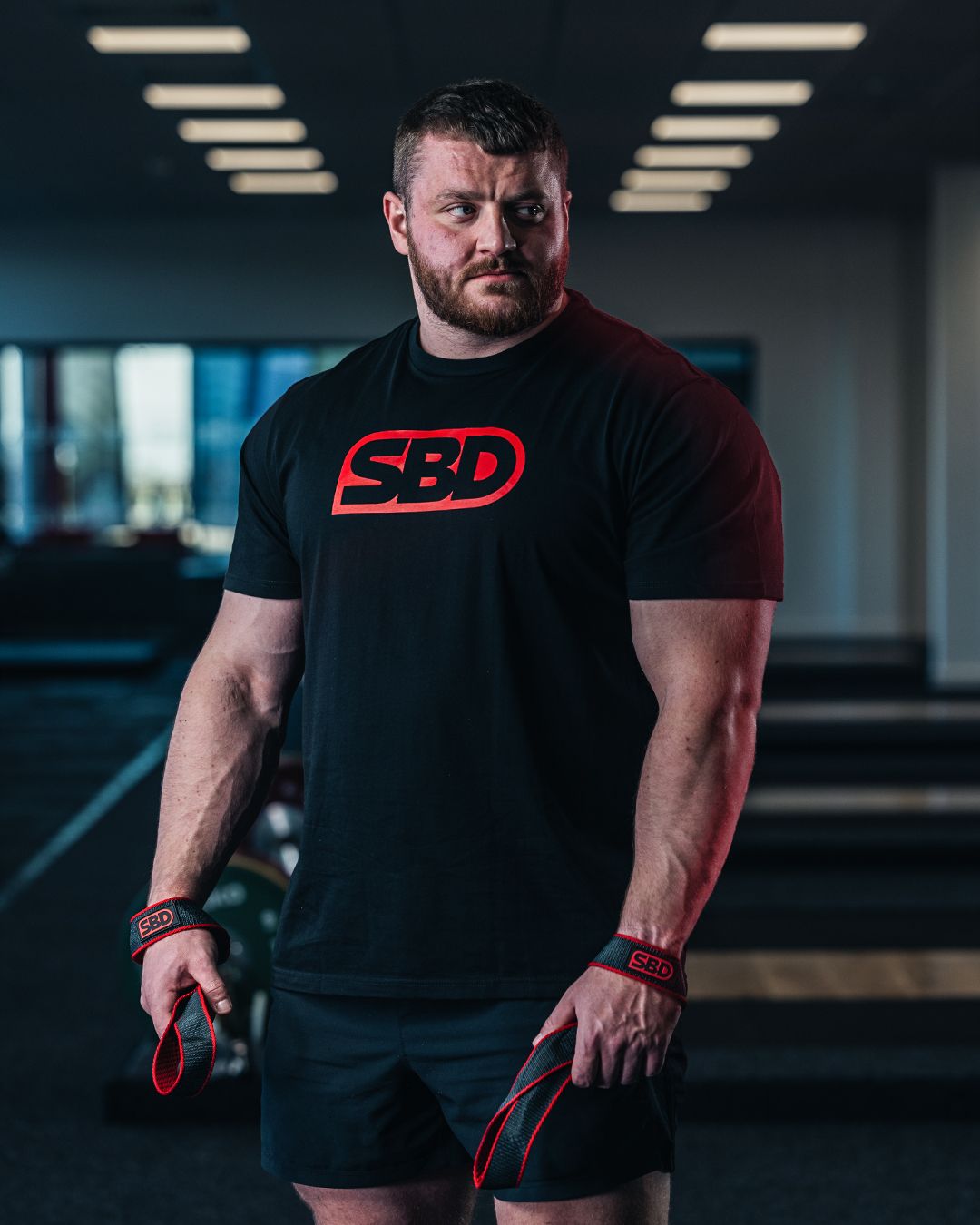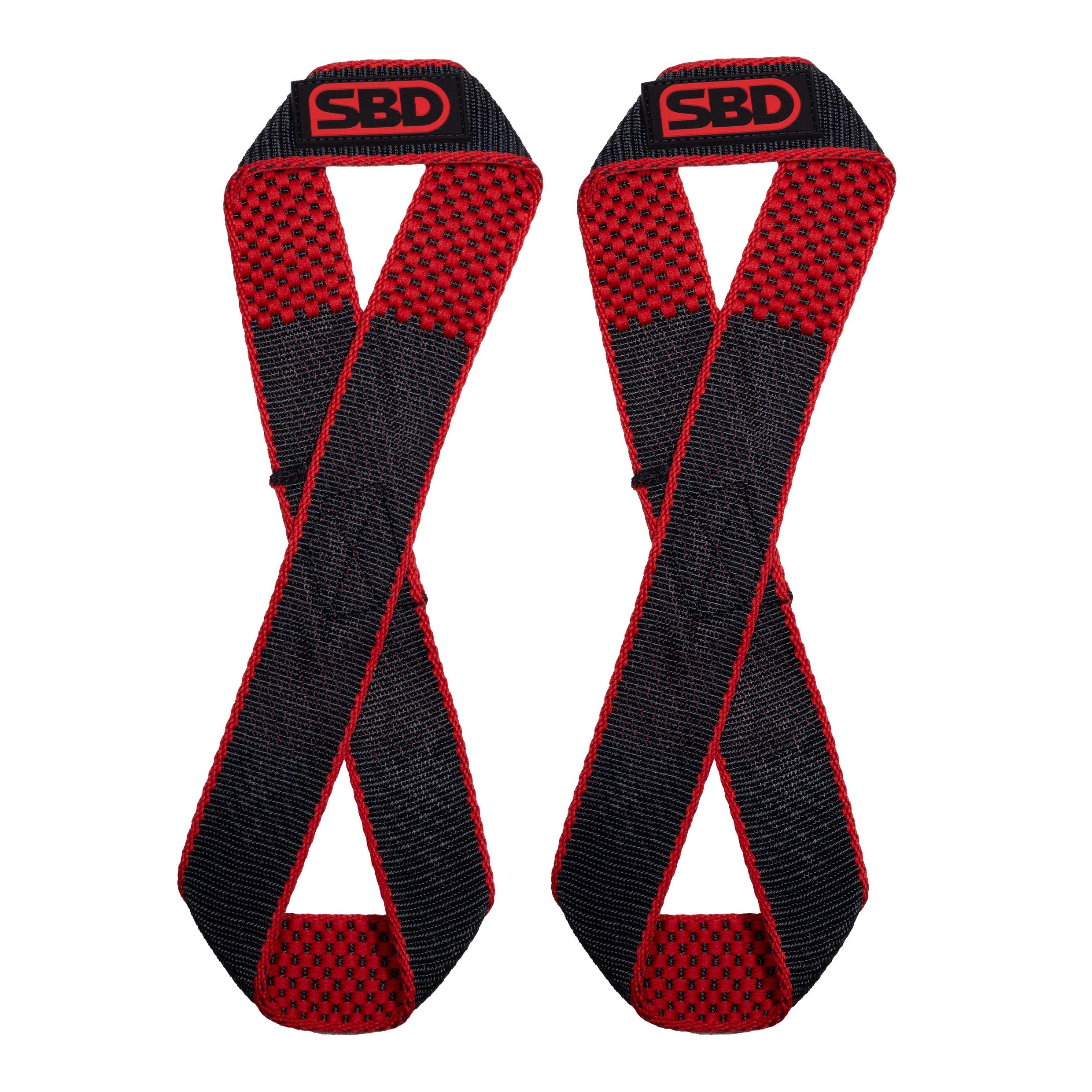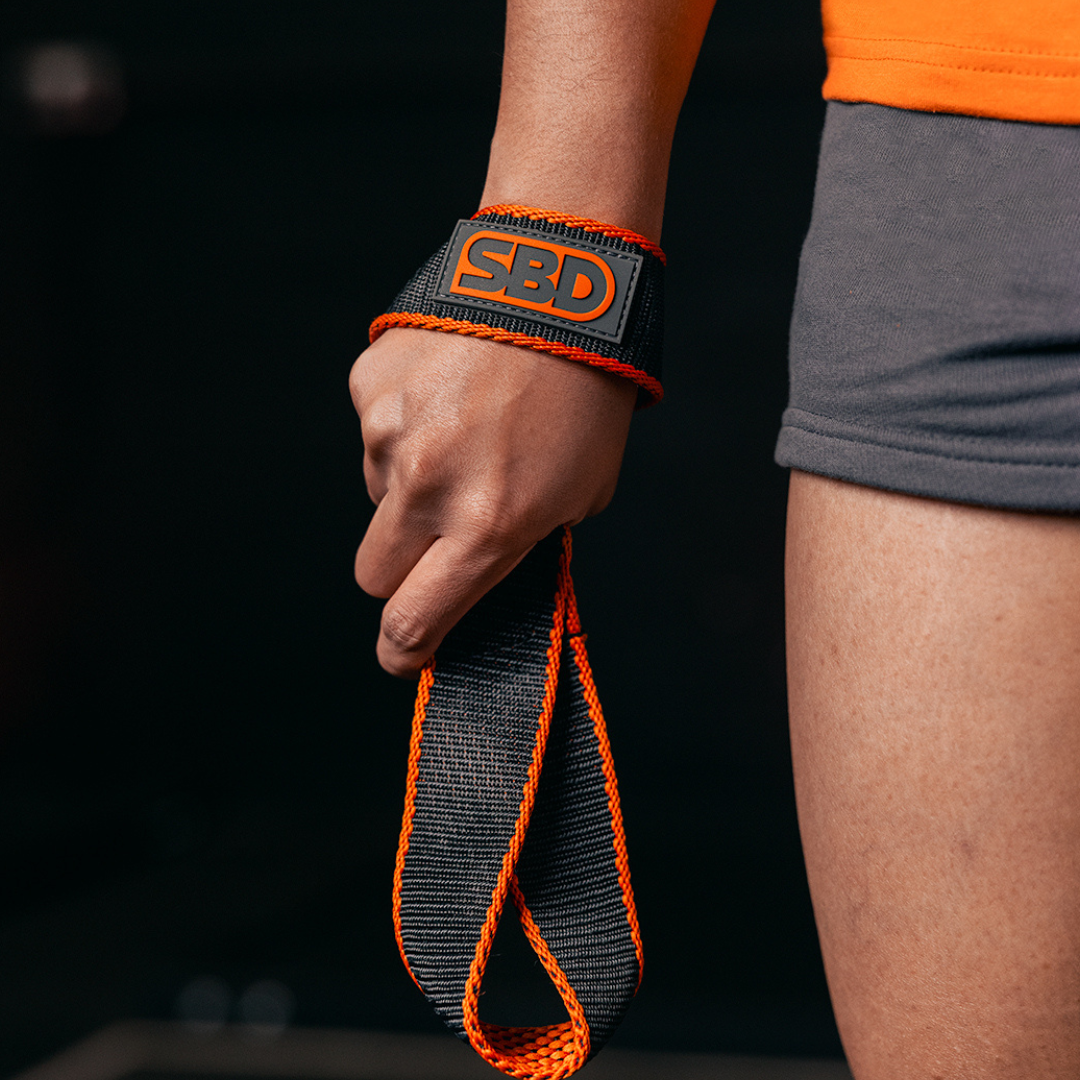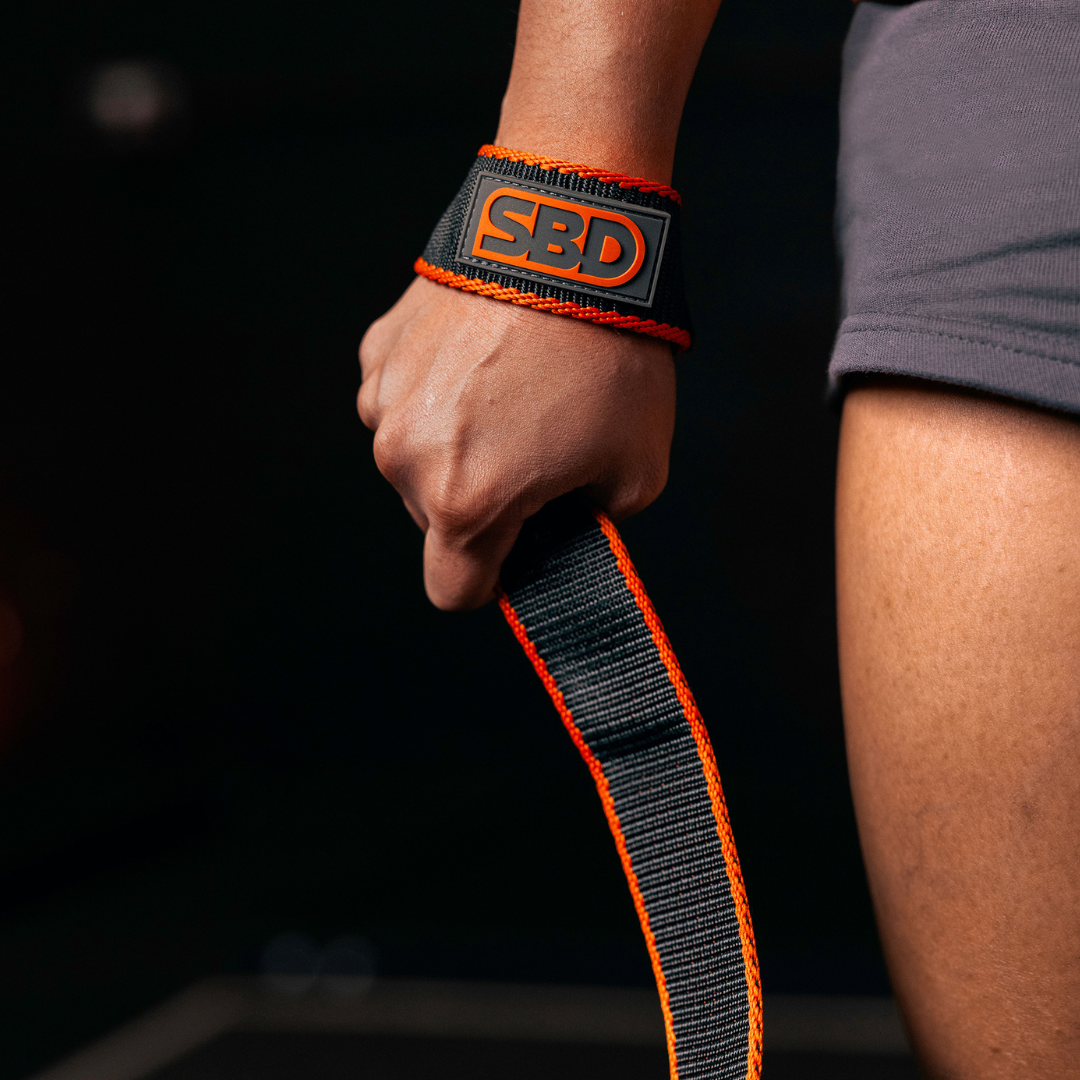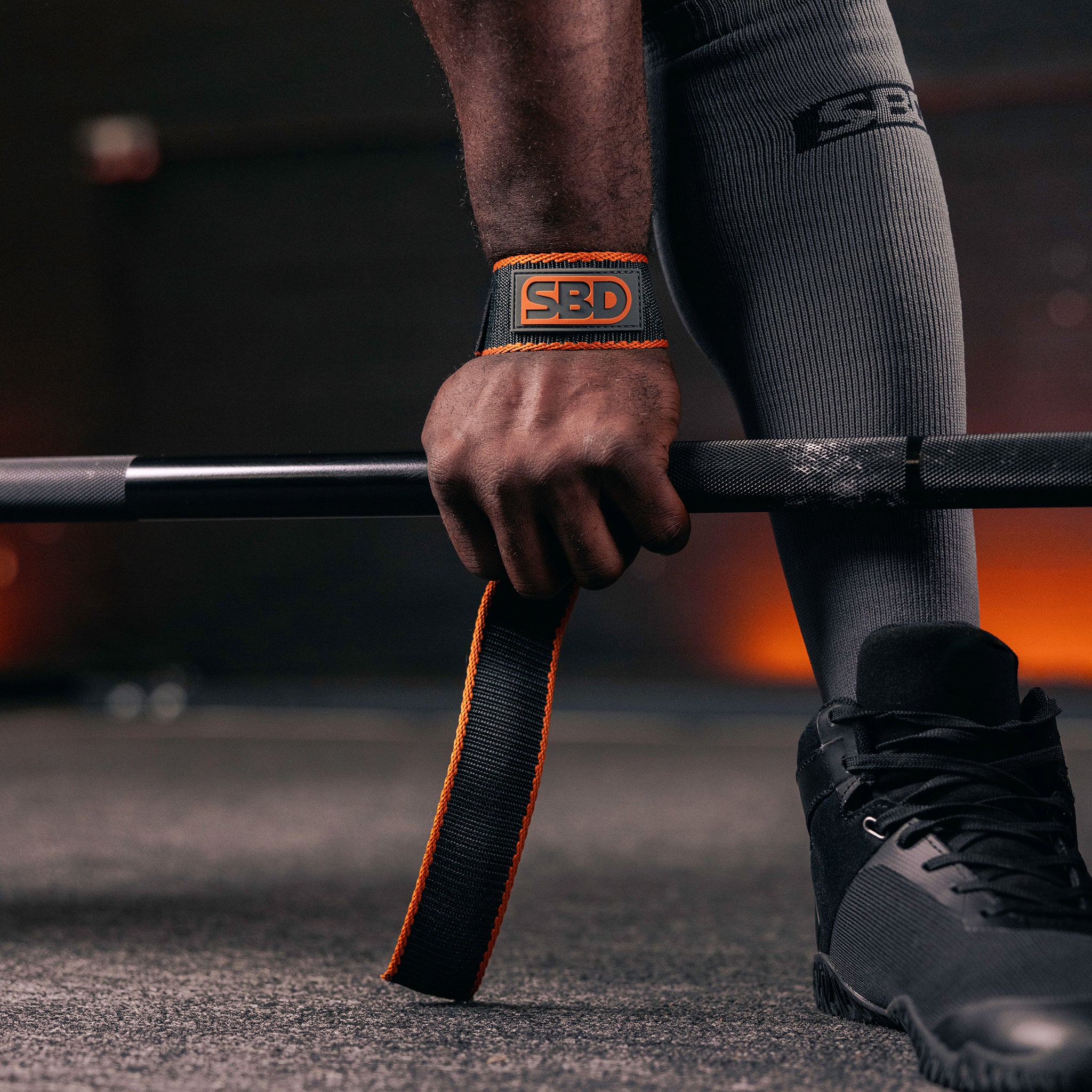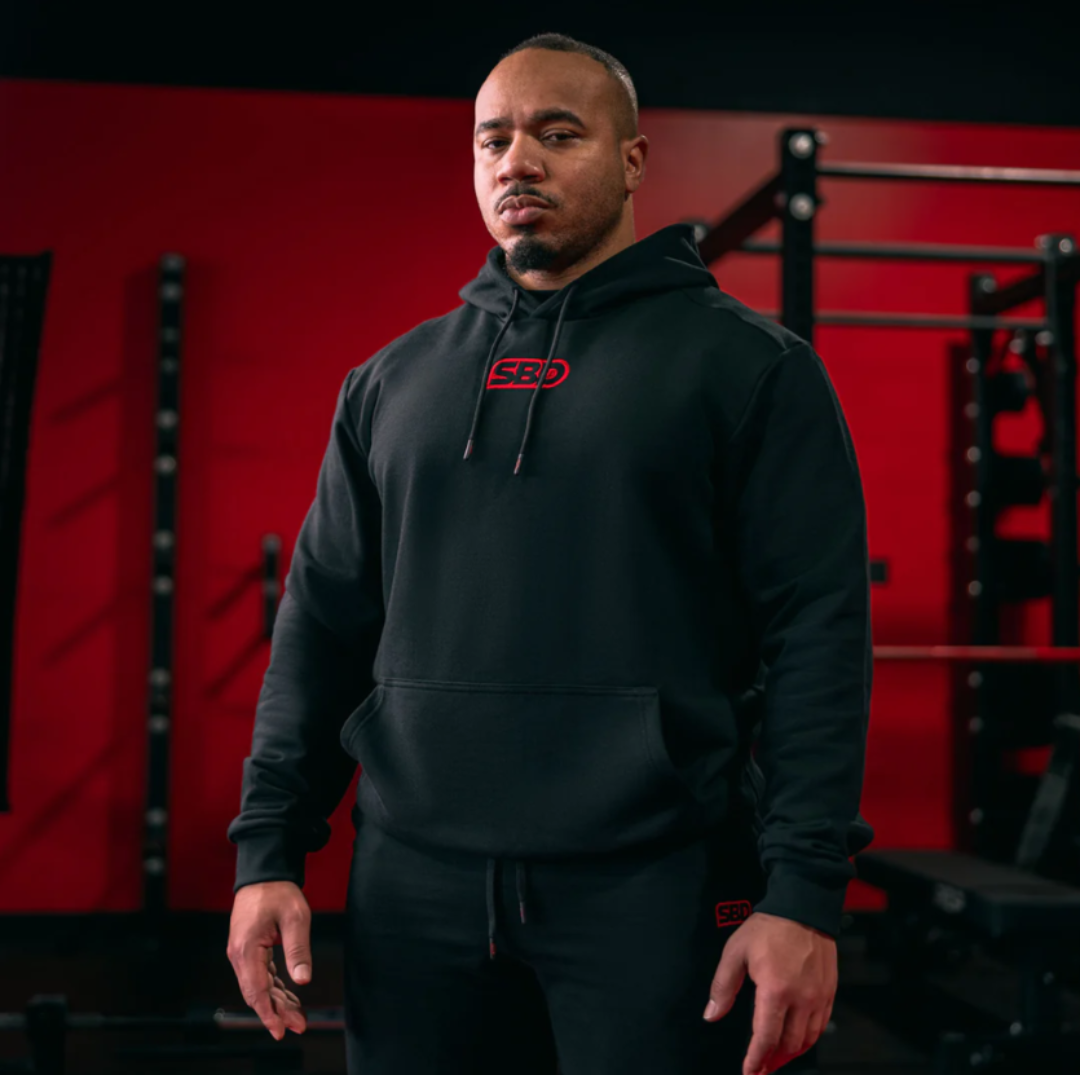Introduction to Squat Stances
Squats are a staple in strength training, but the ongoing debate surrounding the “right” squat stance often divides gym-goers and coaches alike. Should your feet be placed wide apart or close together? While both stances can develop lower body strength, their effectiveness depends on various factors, including your anatomy, goals, and mobility.
Understanding how different stances affect movement patterns, muscle activation, and even injury risk can help you optimise your squat performance. This guide breaks down the science and practical considerations behind wide and narrow squat stances to help you determine which one suits you best.
Anatomy Involved in Squatting
Squats engage a multitude of muscle groups, joints, and supporting structures. The primary movers include:
-
Quadriceps: Front thigh muscles responsible for knee extension.
-
Gluteus Maximus: The powerhouse behind hip extension.
-
Hamstrings: Assist in both hip extension and knee stability.
-
Adductors: Inner thigh muscles, particularly involved in wider stances.
-
Calves & Core: Stabilise the movement and maintain posture.
Additionally, the ankles, knees, hips, and spine all contribute to a successful squat. The stance you choose shifts the emphasis among these components, influencing not just muscular development but also biomechanics.
What Is a Wide Squat Stance?
A wide squat stance typically involves placing your feet wider than shoulder-width apart with toes slightly pointed outward. This stance encourages a more externally rotated hip position and greater recruitment of the glutes and adductors.
Benefits of Wide Stance Squats
-
Greater Glute Activation: Wider stance recruits more gluteal muscle fibres.
-
Increased Hip Engagement: Favours athletes with strong hips.
-
Shorter Range of Motion: Can be advantageous for lifters with long femurs.
-
Stability Under Heavy Loads: Broader base allows for better weight distribution.
Drawbacks of Wide Stance Squats
-
Requires More Hip Mobility: Limited mobility can lead to poor form.
-
May Overload Adductors: Risk of groin strains if not conditioned properly.
-
Harder to Maintain Upright Torso: Increases forward lean for some lifters.
What Is a Narrow Squat Stance?
Narrow squat stance involves feet closer than shoulder-width apart, with minimal toe flare. This position places a greater emphasis on the quadriceps and may demand more ankle mobility.
Benefits of Narrow Stance Squats
-
Greater Quad Emphasis: Ideal for building front thigh size and strength.
-
More Natural for Beginners: Simpler movement pattern for those new to squatting.
-
Better for Deep Squats: Encourages a more upright posture, allowing deeper range.
Drawbacks of Narrow Stance Squats
-
Increased Ankle Mobility Requirement: May limit depth for some lifters.
-
Potential Knee Stress: If poorly executed, knees may travel too far forward.
-
Reduced Glute Engagement: Less emphasis on posterior chain.
Comparing Muscle Activation in Both Stances
Wide and narrow stances target different muscles more heavily. Research shows:
| Muscle Group | Wide Stance | Narrow Stance |
|---|---|---|
| Quadriceps | Moderate | High |
| Gluteus Maximus | High | Moderate |
| Hamstrings | Moderate | Moderate |
| Adductors | High | Low |
| Calves | Moderate | Moderate |
Using electromyography (EMG), studies indicate that wide stance squats yield higher glute and adductor activation, while narrow stance squats light up the quads significantly more.
Biomechanics of Wide vs Narrow Squatting
Biomechanics involves joint angles, load distribution, and lever mechanics. In wide stances:
-
Hips bear more of the load
-
Trunk angle increases
-
Less knee travel required
In narrow stances:
-
Knees take on more movement
-
Greater dorsiflexion at the ankle
-
Upright trunk maintained more easily
These variations influence which stance is more efficient based on body mechanics.
Sports & Athletic Applications
Sport-specific training can benefit from tailored squat stances:
-
Powerlifters favour wide stances for heavier loads and shorter ranges.
-
Olympic lifters prefer narrower stances for deep squats and upright posture.
-
Sprinters & Jumpers may switch between both to target explosive power.
In functional training or field sports, alternating stances may offer the most benefit.
Which Stance Is Safer?
Safety depends on form, mobility, and individual structure. However:
-
Wide stance may strain hips and adductors if flexibility is lacking.
-
Narrow stance can overload knees and ankles without proper alignment.
A neutral stance between both extremes is often safest for the general population.
Which Stance Builds More Strength?
Both can build serious strength when executed properly. However:
-
Wide stance may allow for heavier loads due to reduced range.
-
Narrow stance builds strength across a fuller range of motion.
Strength gains depend more on progressive overload and consistency than stance alone.
How to Choose the Right Squat Stance for You
Anthropometry & Individual Variations
Body proportions influence optimal stance. For example:
-
Long femurs: May benefit from a wider stance to avoid excessive forward lean.
-
Short torsos: Narrow stance might work better to remain upright.
Mobility & Flexibility Considerations
If you lack:
-
Ankle mobility: A wider stance may feel more comfortable.
-
Hip mobility: A narrow stance is often easier to manage initially.
Testing different stances under supervision can reveal your most natural position.
Programming Squat Variations Into Training
A well-rounded programme includes both stances:
-
Phase-based training: Focus on wide stance for 4 weeks, then narrow.
-
Goal-oriented: Use narrow for quad hypertrophy blocks, wide for strength cycles.
-
Accessory lifts: Add goblet squats, box squats, or Bulgarian split squats to support your main lifts.
Common Squat Mistakes to Avoid
-
Knees collapsing inward (valgus)
-
Heels lifting off the floor
-
Rounded lower back (butt wink)
-
Shallow depth squats
-
Improper bar placement
Correcting these errors is essential, regardless of stance.
FAQs
1. Which squat stance is best for beginners?
A medium stance slightly wider than shoulder-width with toes turned out is often most natural and stable for beginners.
2. Can I switch between squat stances in the same workout?
Yes, but it's best to structure your training to emphasise one style per session for consistency and neurological adaptation.
3. Is one stance better for knee pain?
Wide stance may reduce knee stress due to less forward travel, but underlying mobility and technique matter more than stance alone.
4. How do I know if my stance is too wide?
If your knees don't track over your toes or you feel excessive inner thigh strain, it’s likely too wide.
5. Can squat stance affect my back pain?
Yes. A stance that forces an unnatural spine position or pelvic tilt can aggravate back pain. Find a position that supports a neutral spine.
6. Are narrow stance squats better for hypertrophy?
For quads, yes. Narrow stance increases range of motion and quad activation, promoting hypertrophy when combined with high volume.
Conclusion
There’s no one-size-fits-all answer to the squat stance debate. Both wide and narrow squats offer unique benefits and cater to different anatomical, athletic, and strength-building needs. The best stance is the one that supports proper form, suits your structure, and helps you move safely and powerfully. Whether you’re training for strength, hypertrophy, or athletic performance, incorporating both stances intelligently can lead to well-rounded lower body development.

